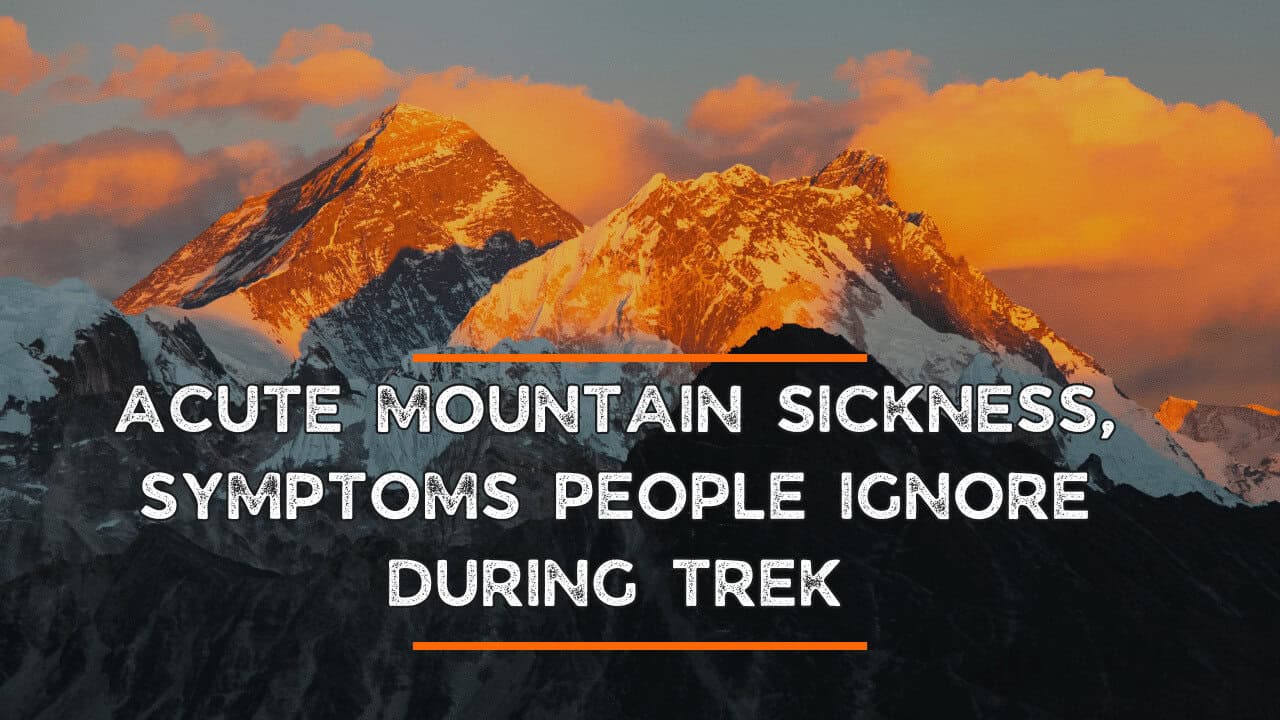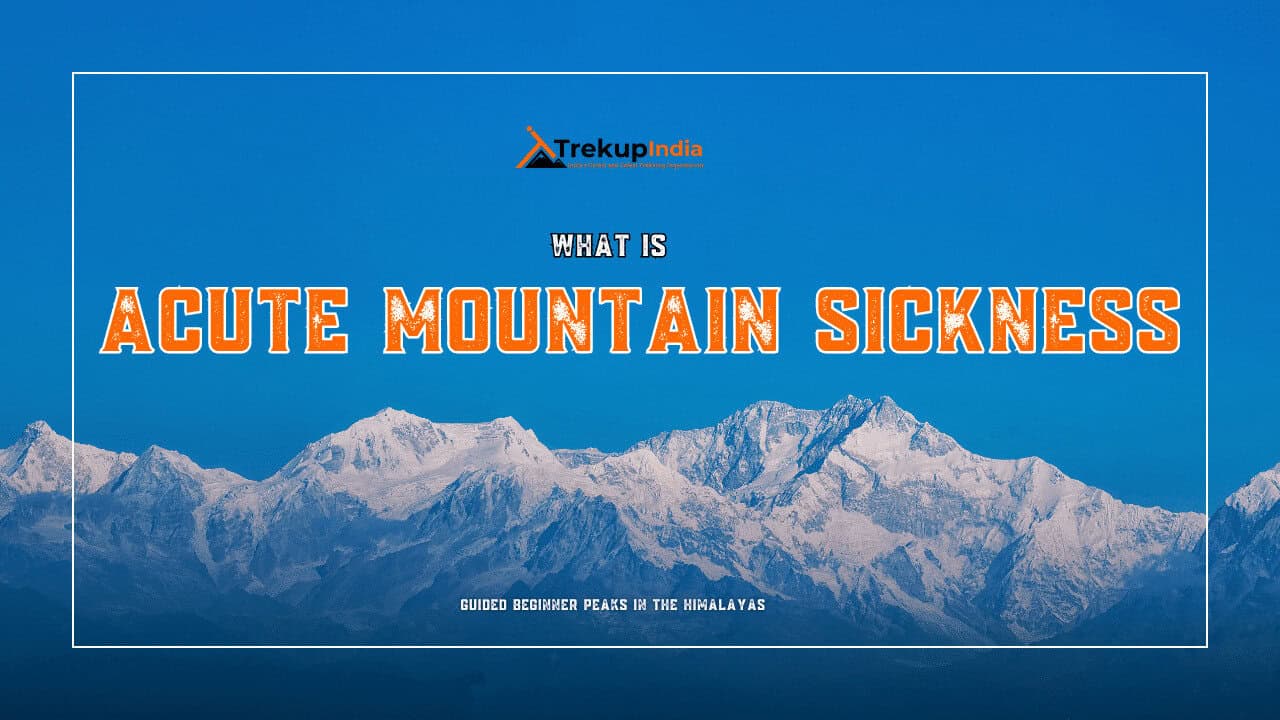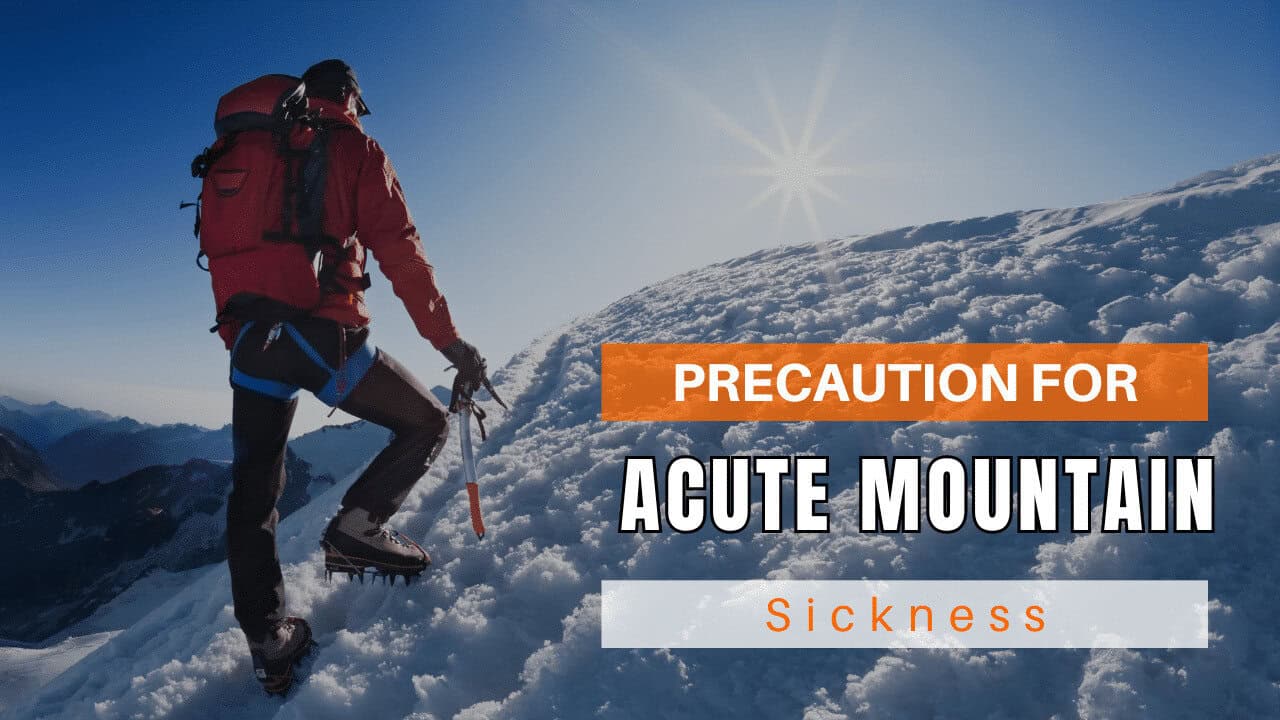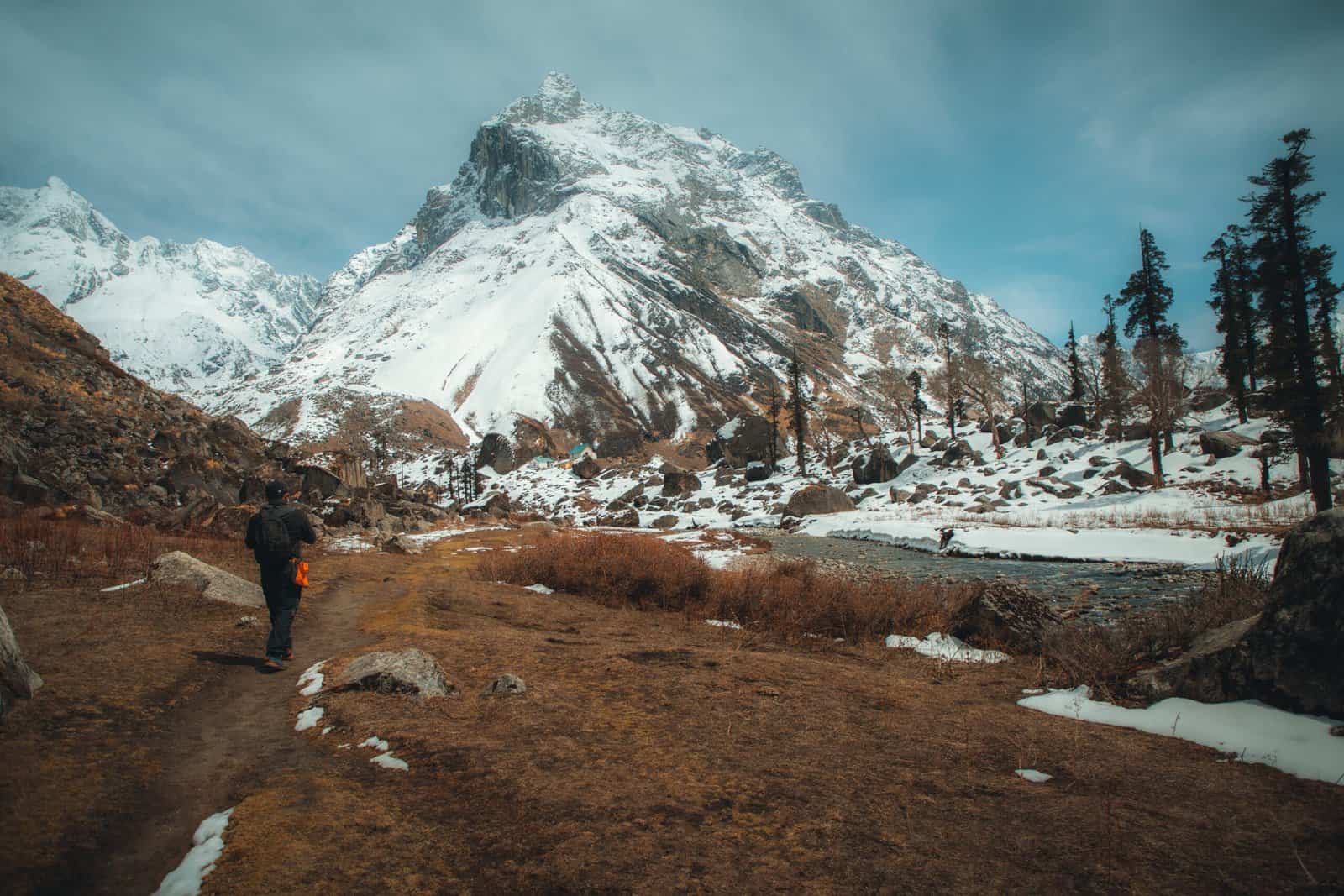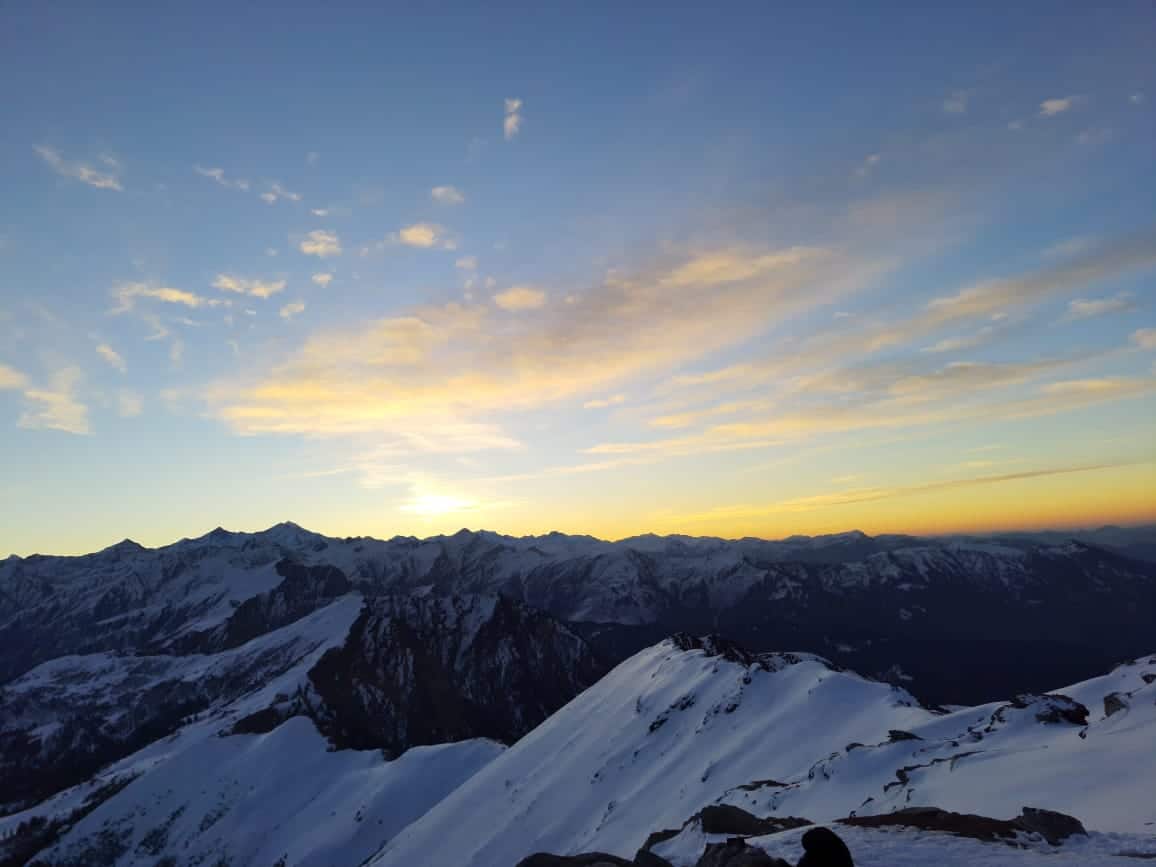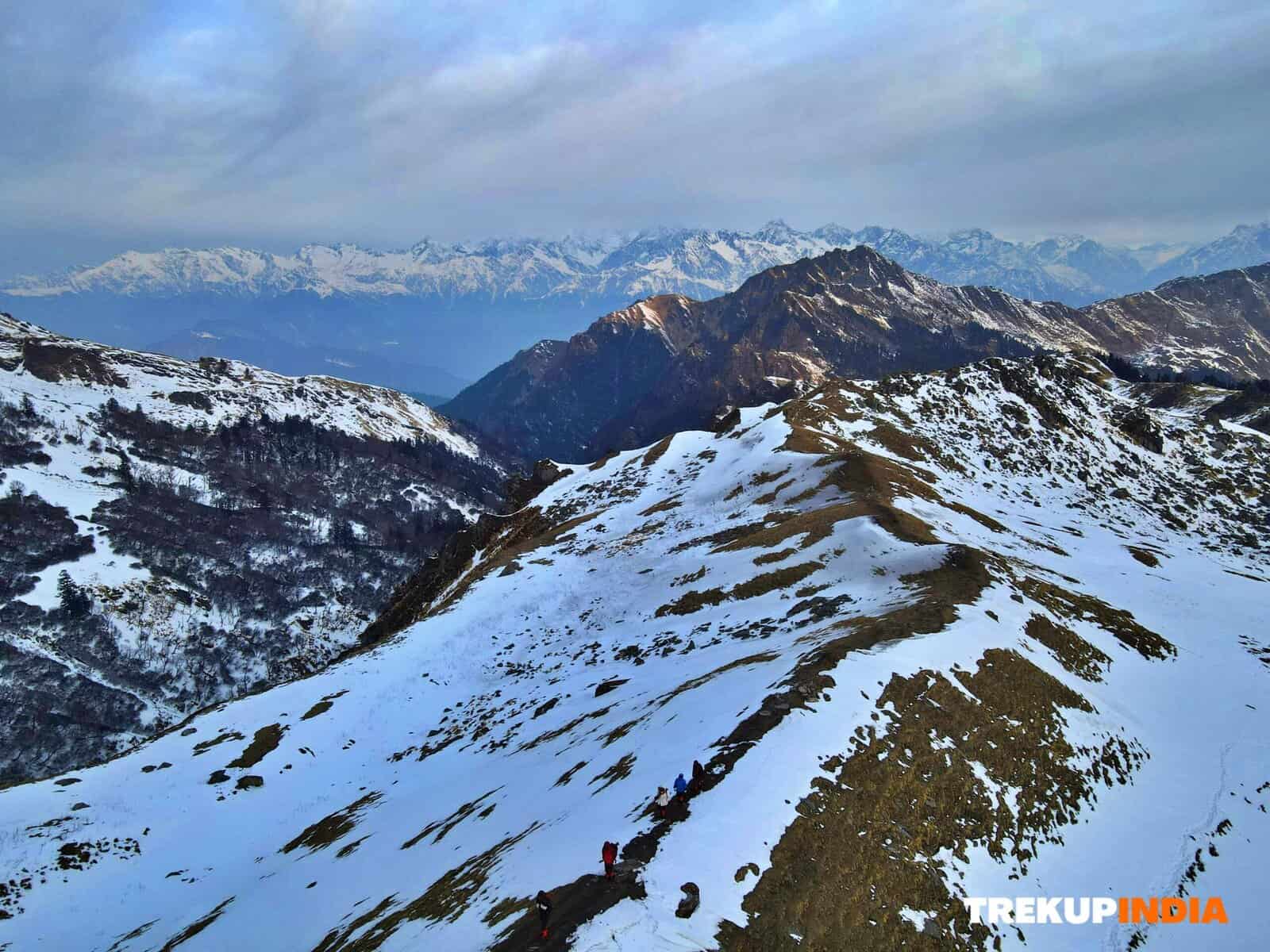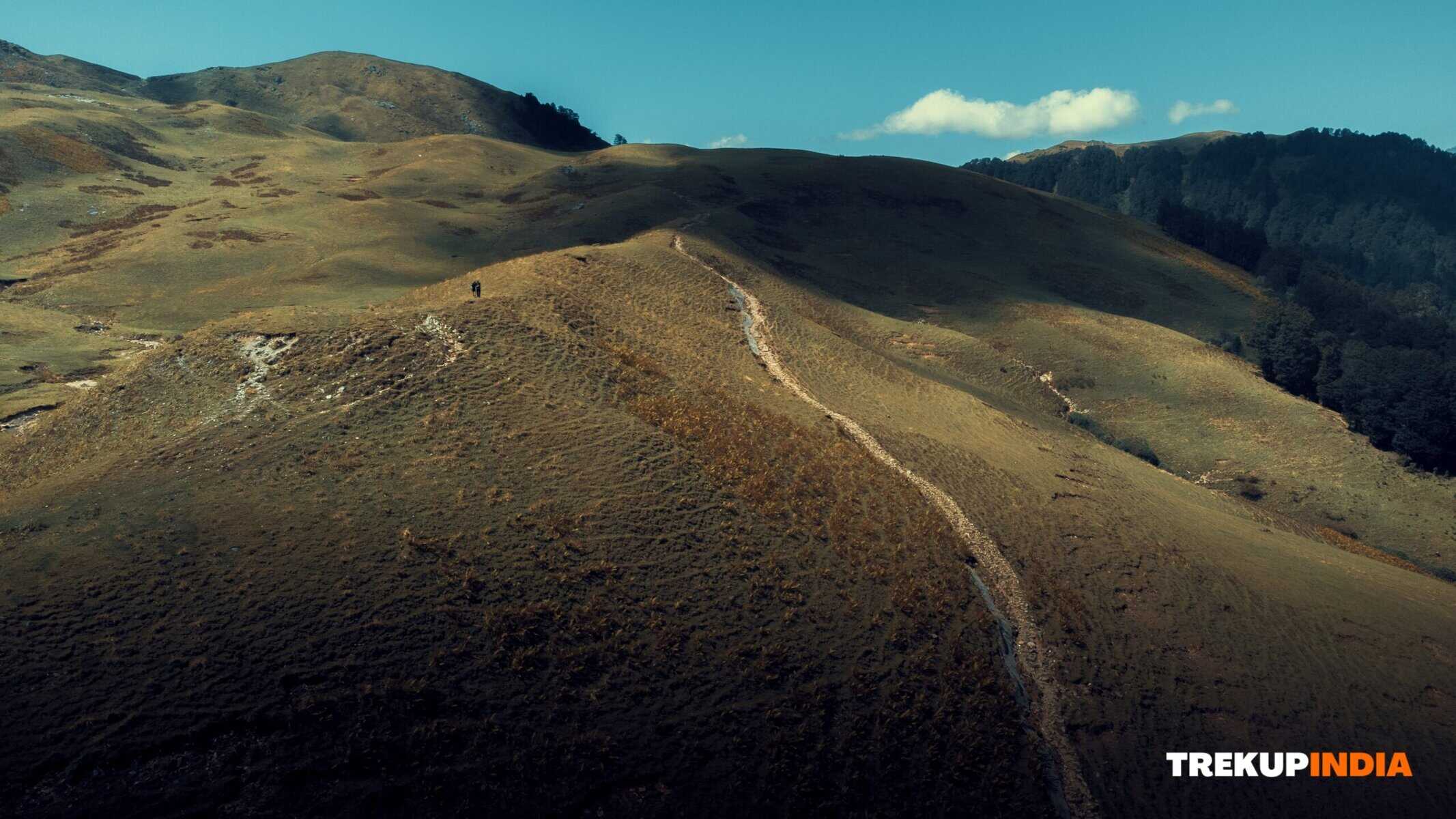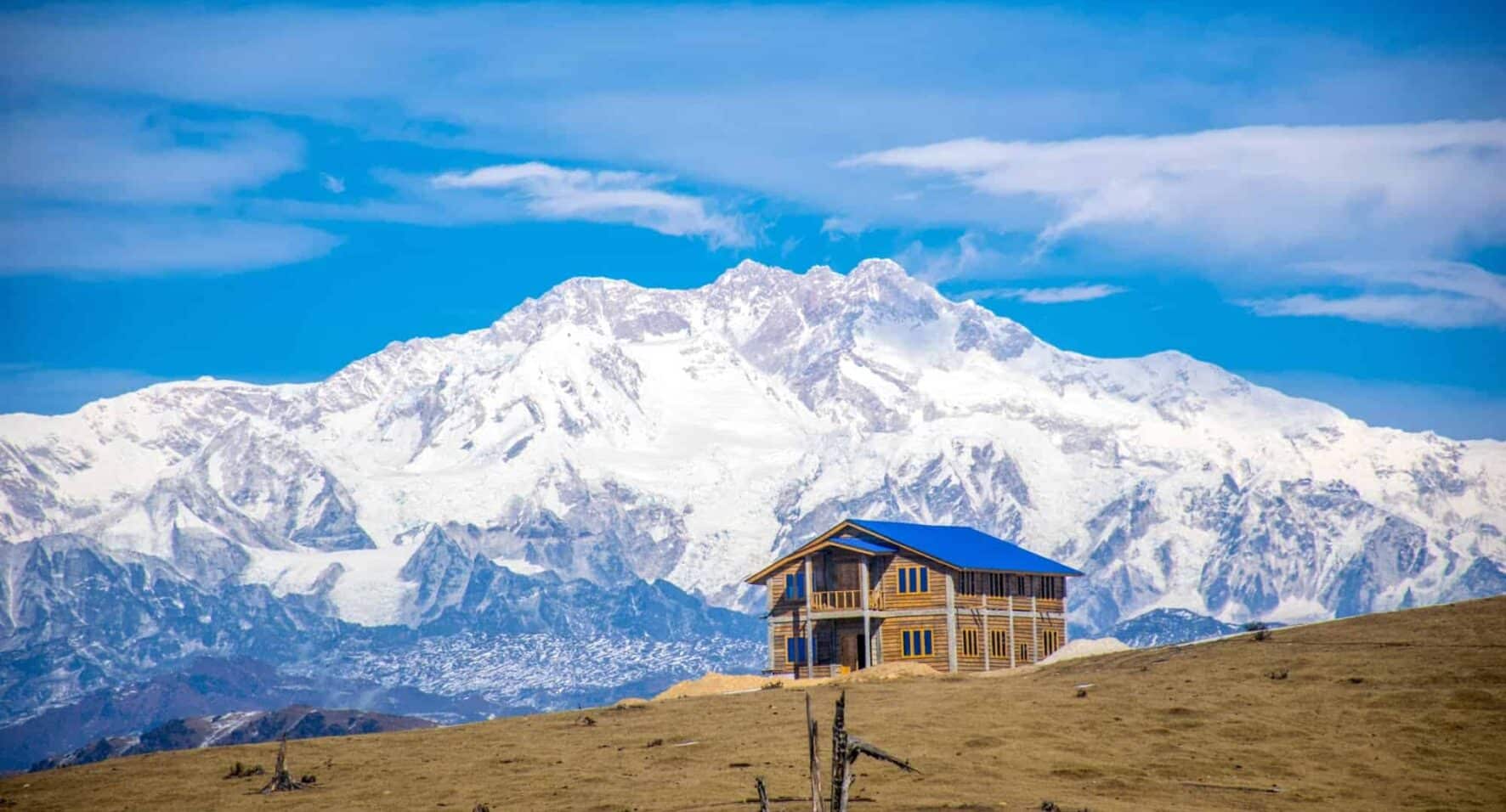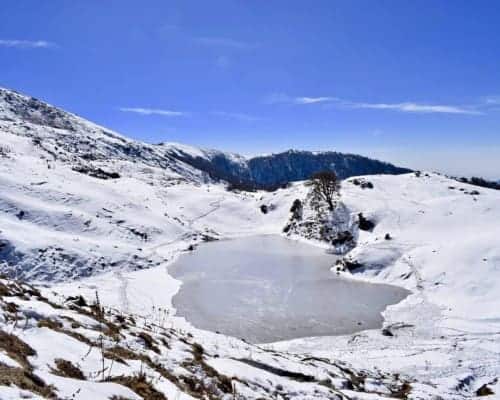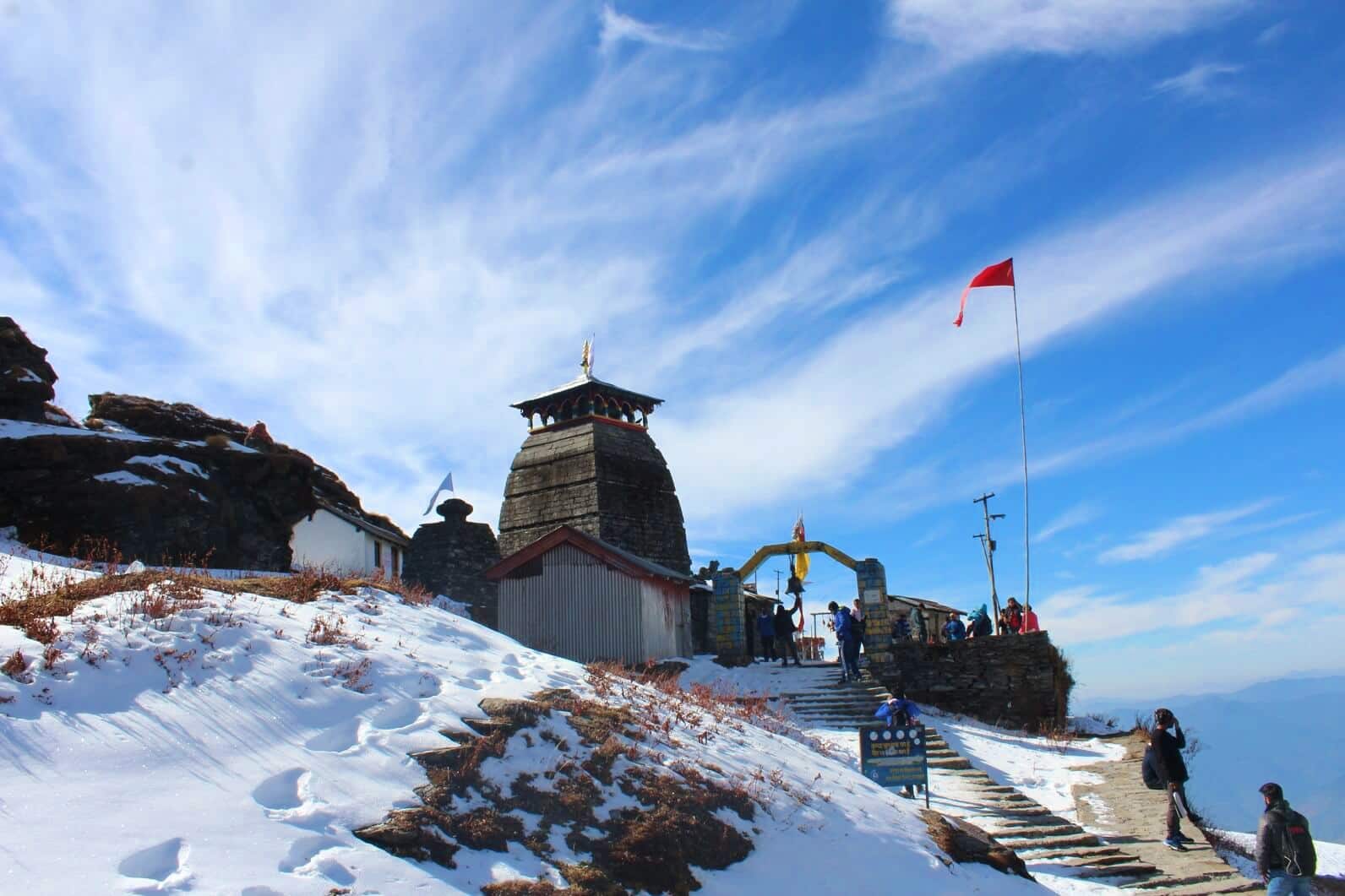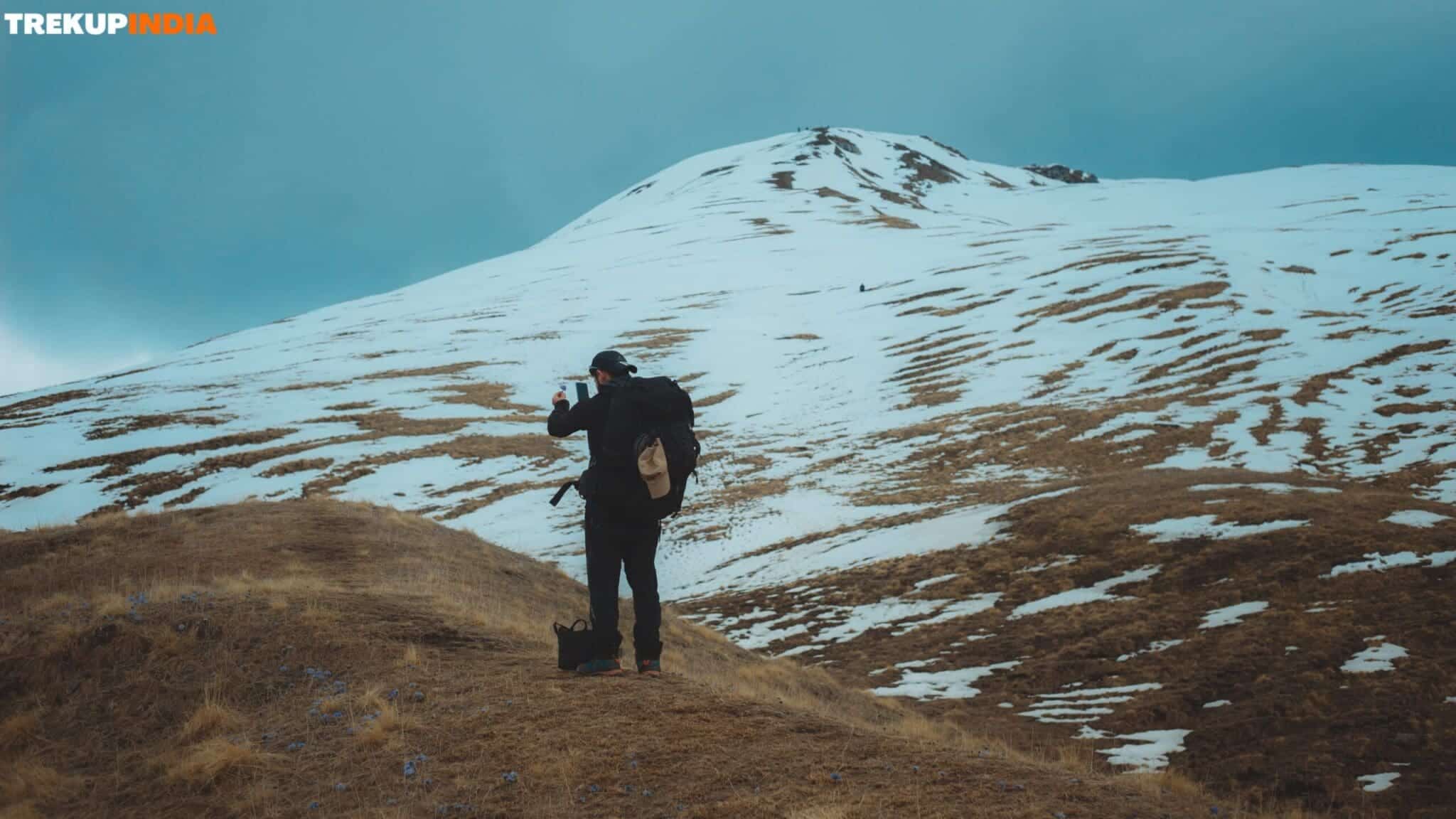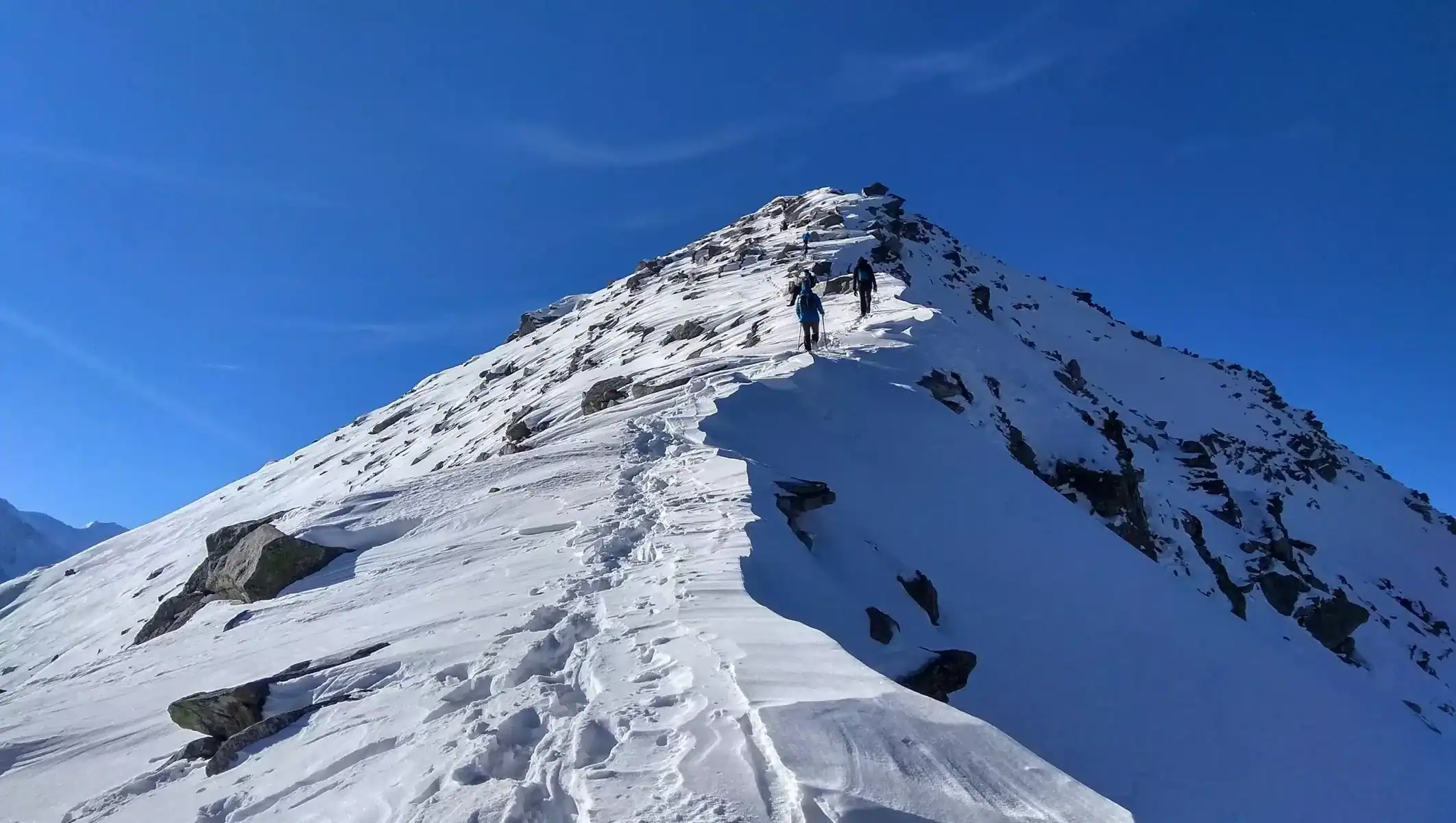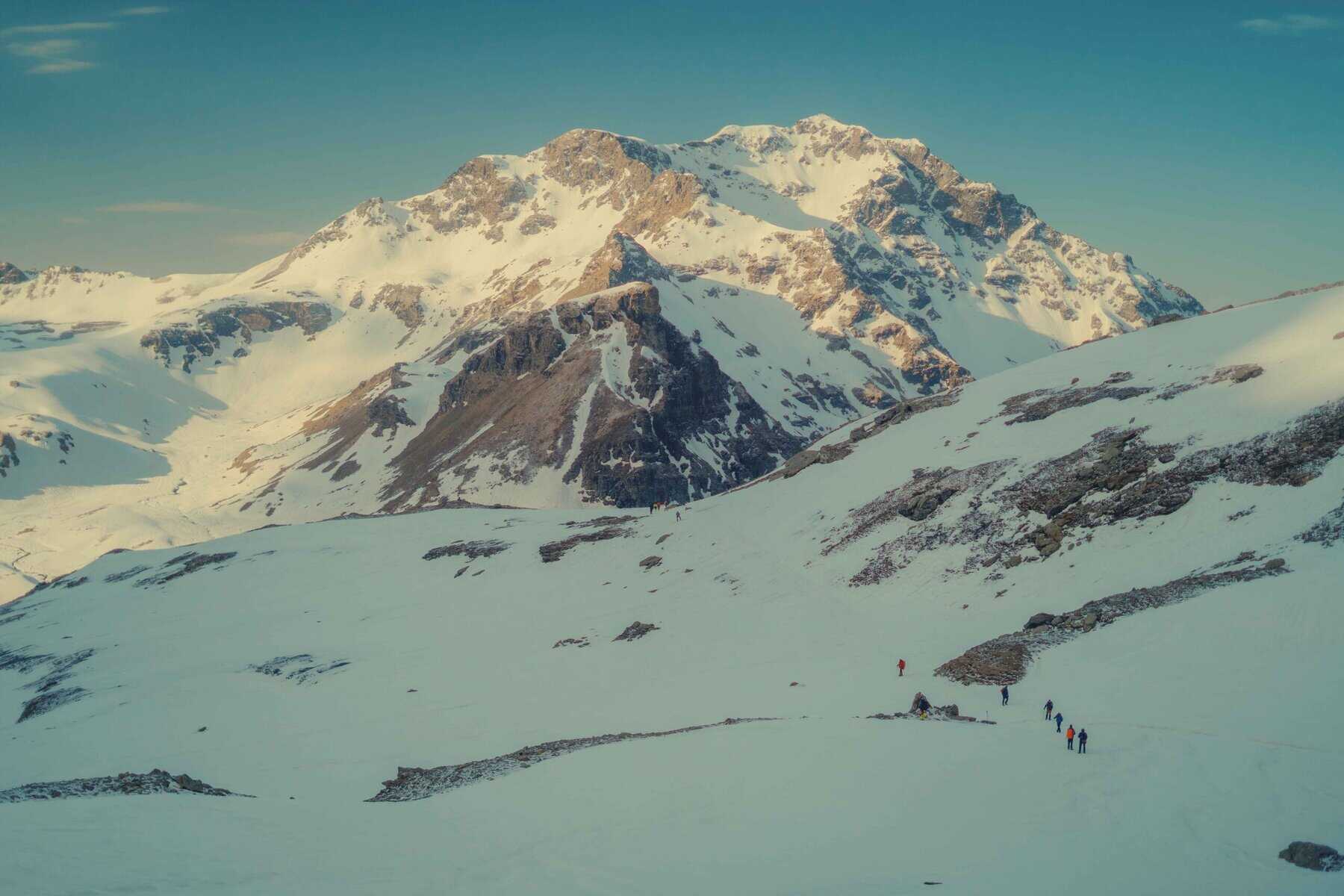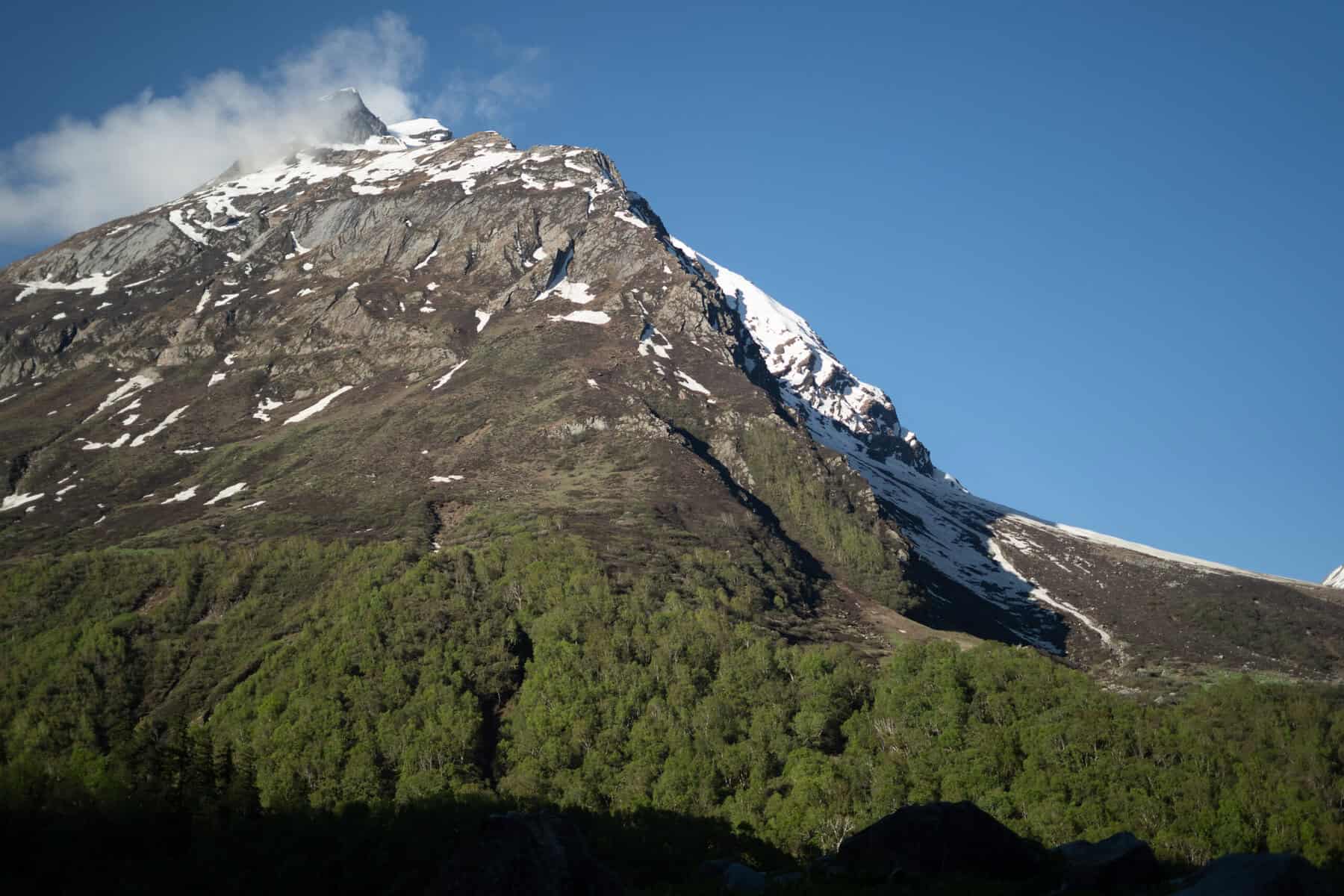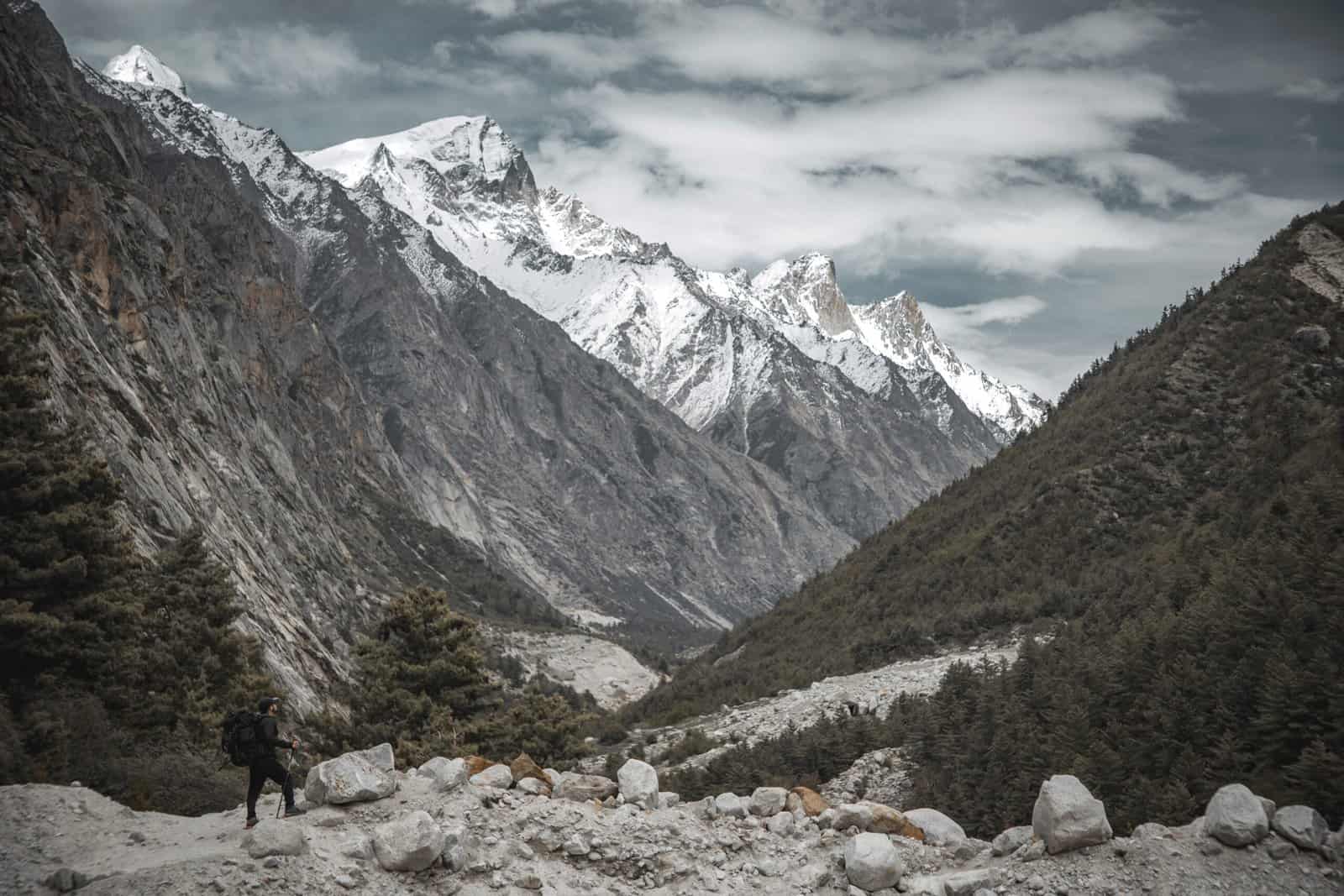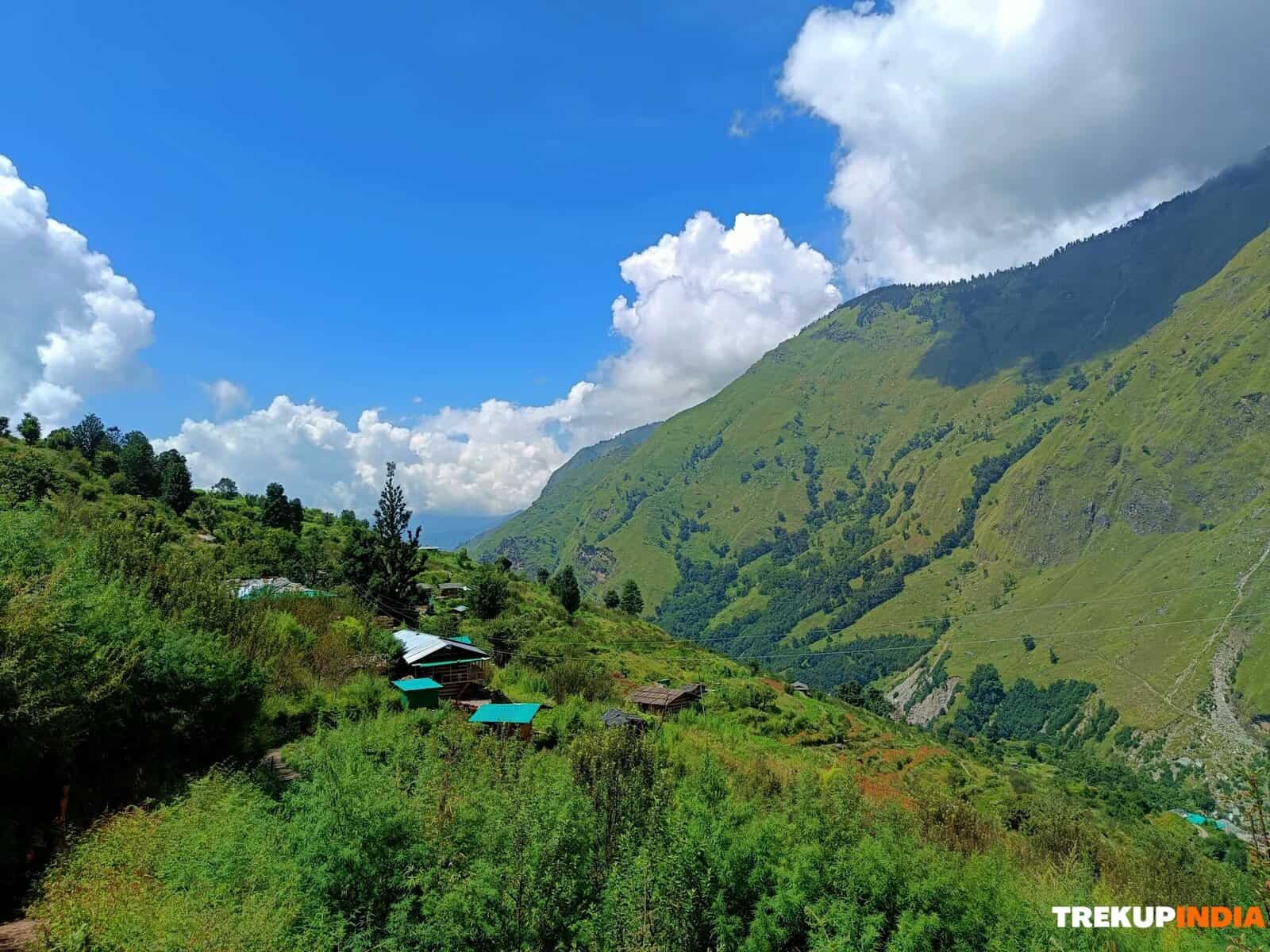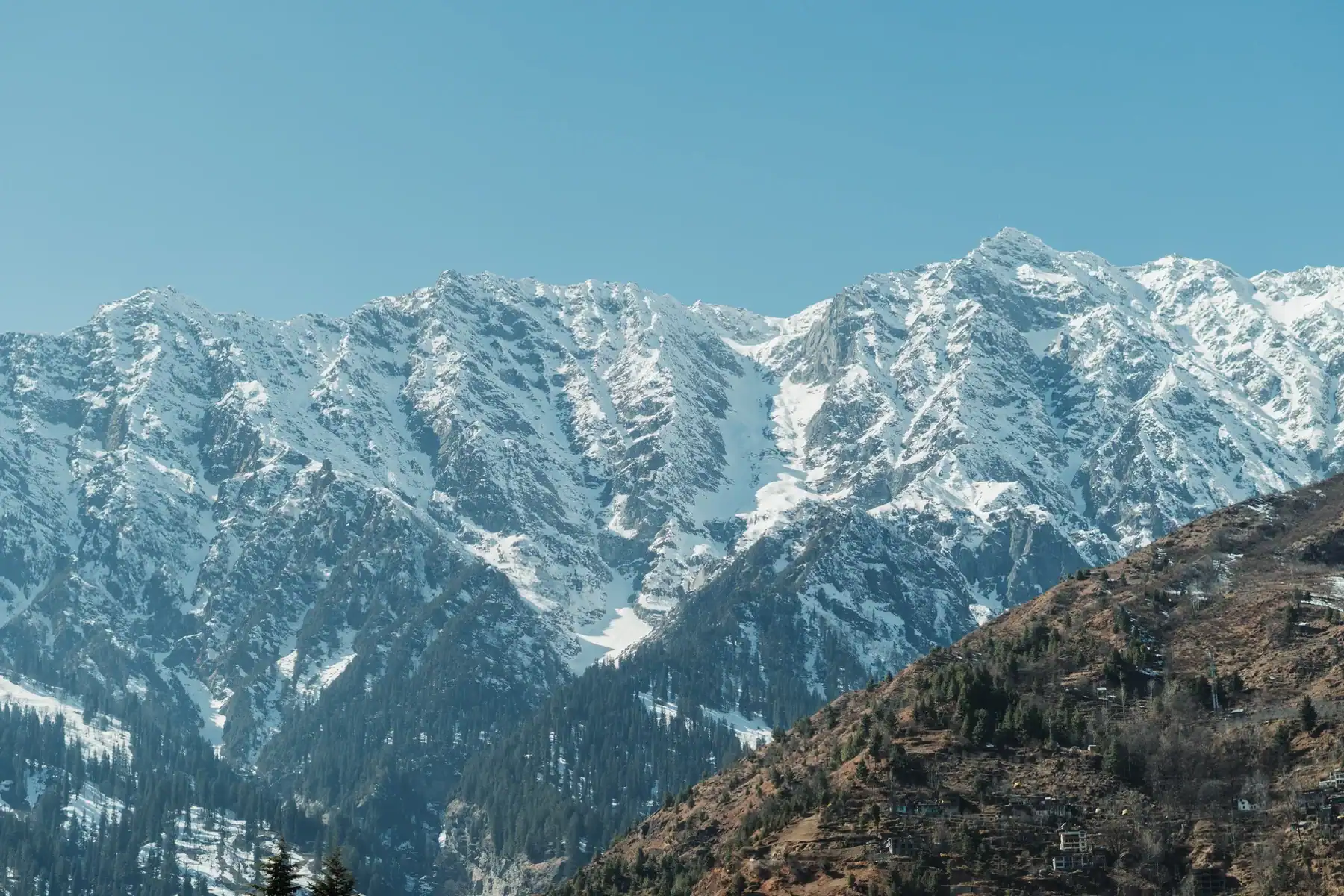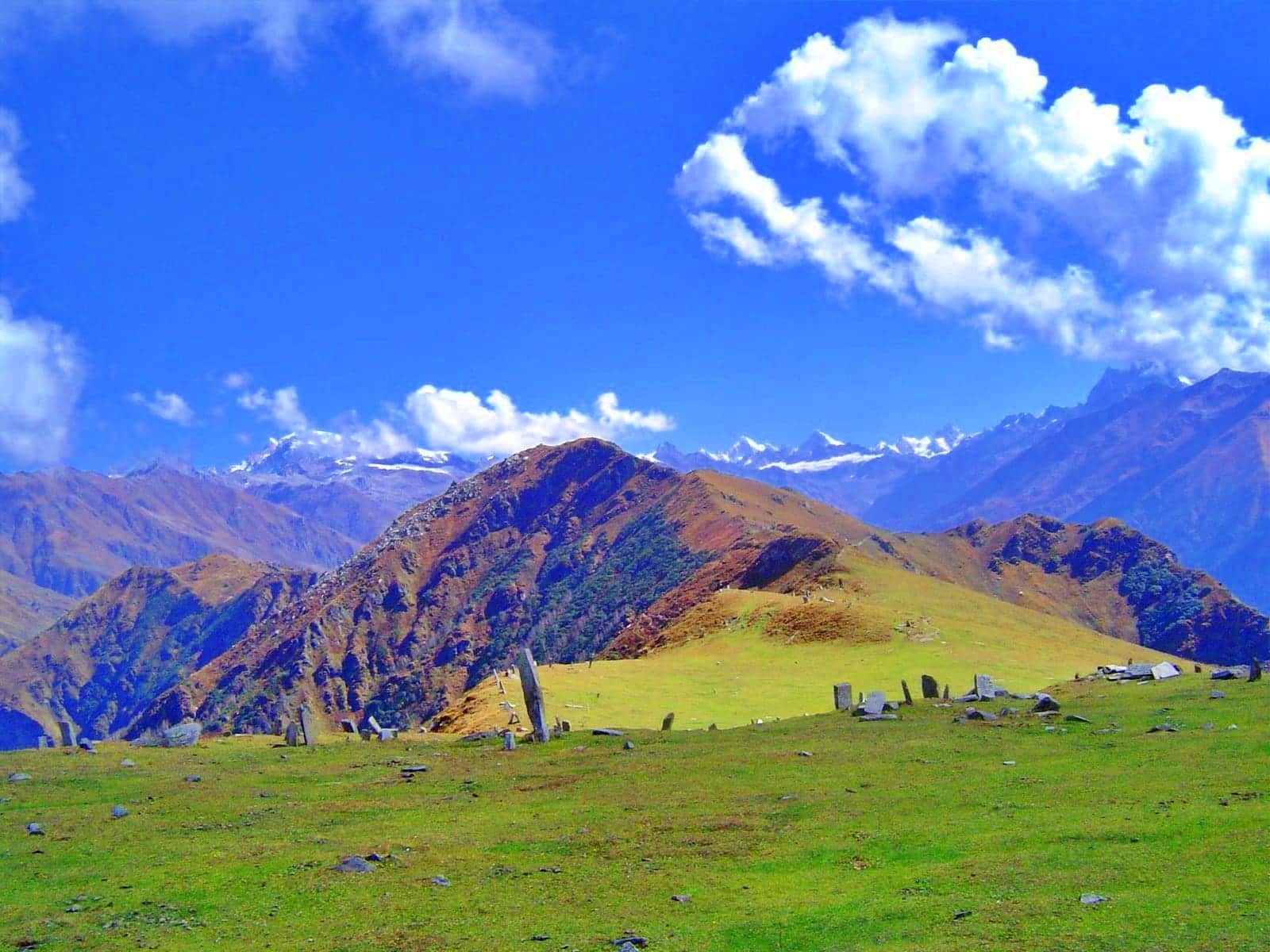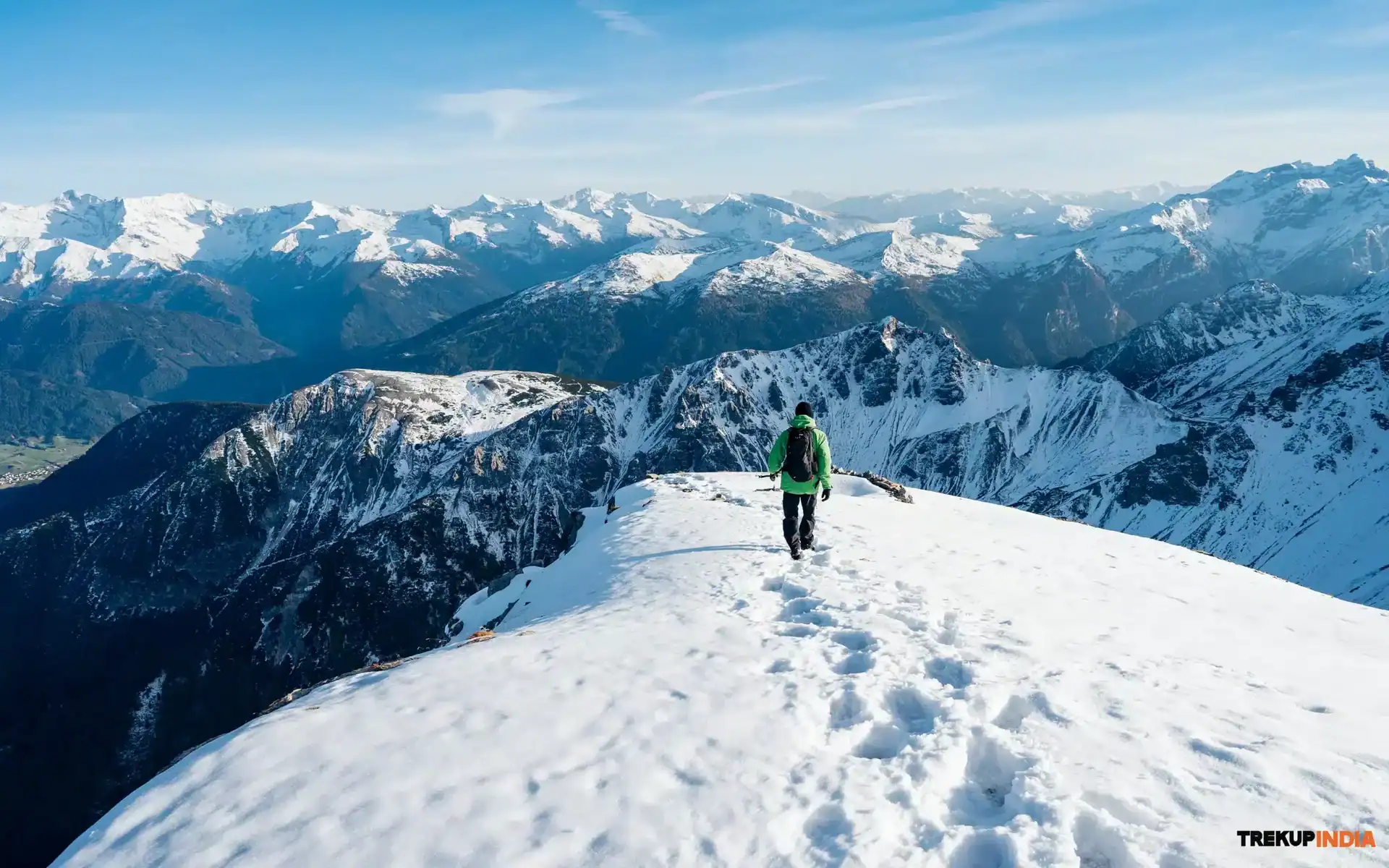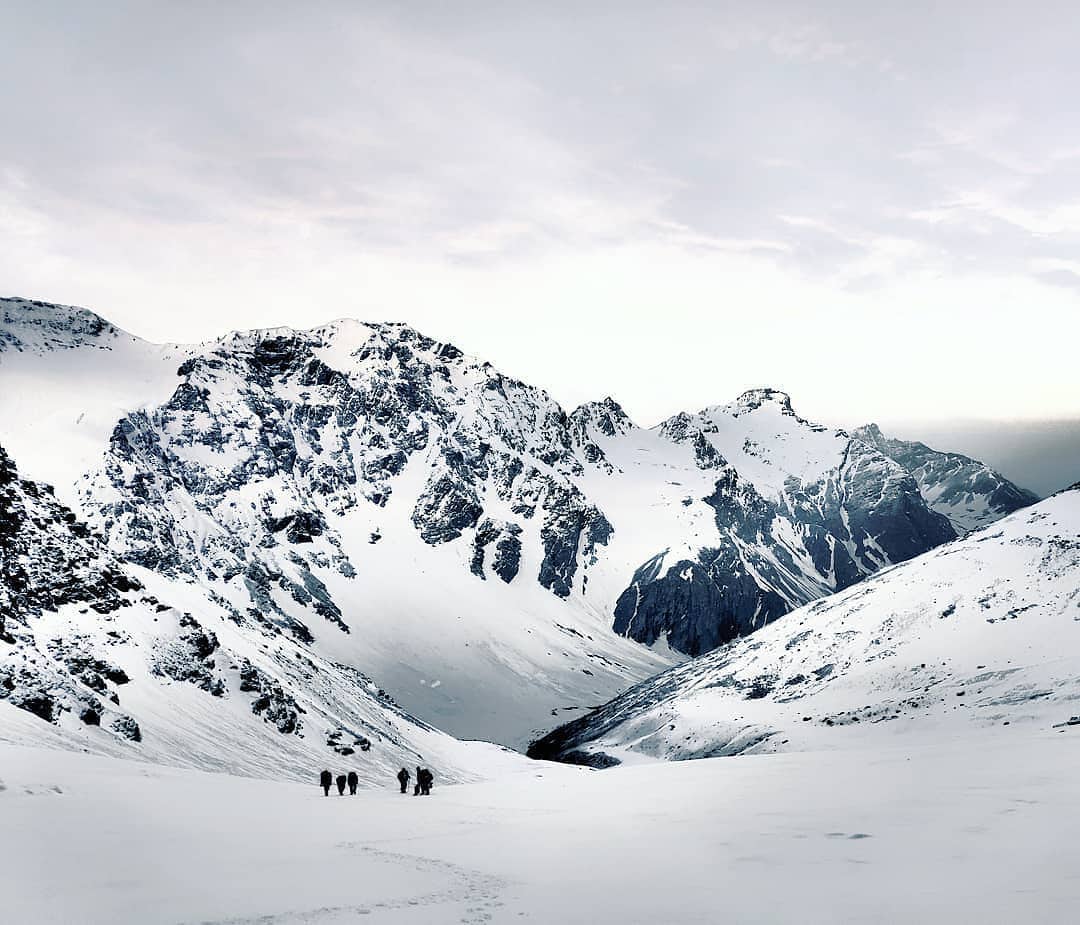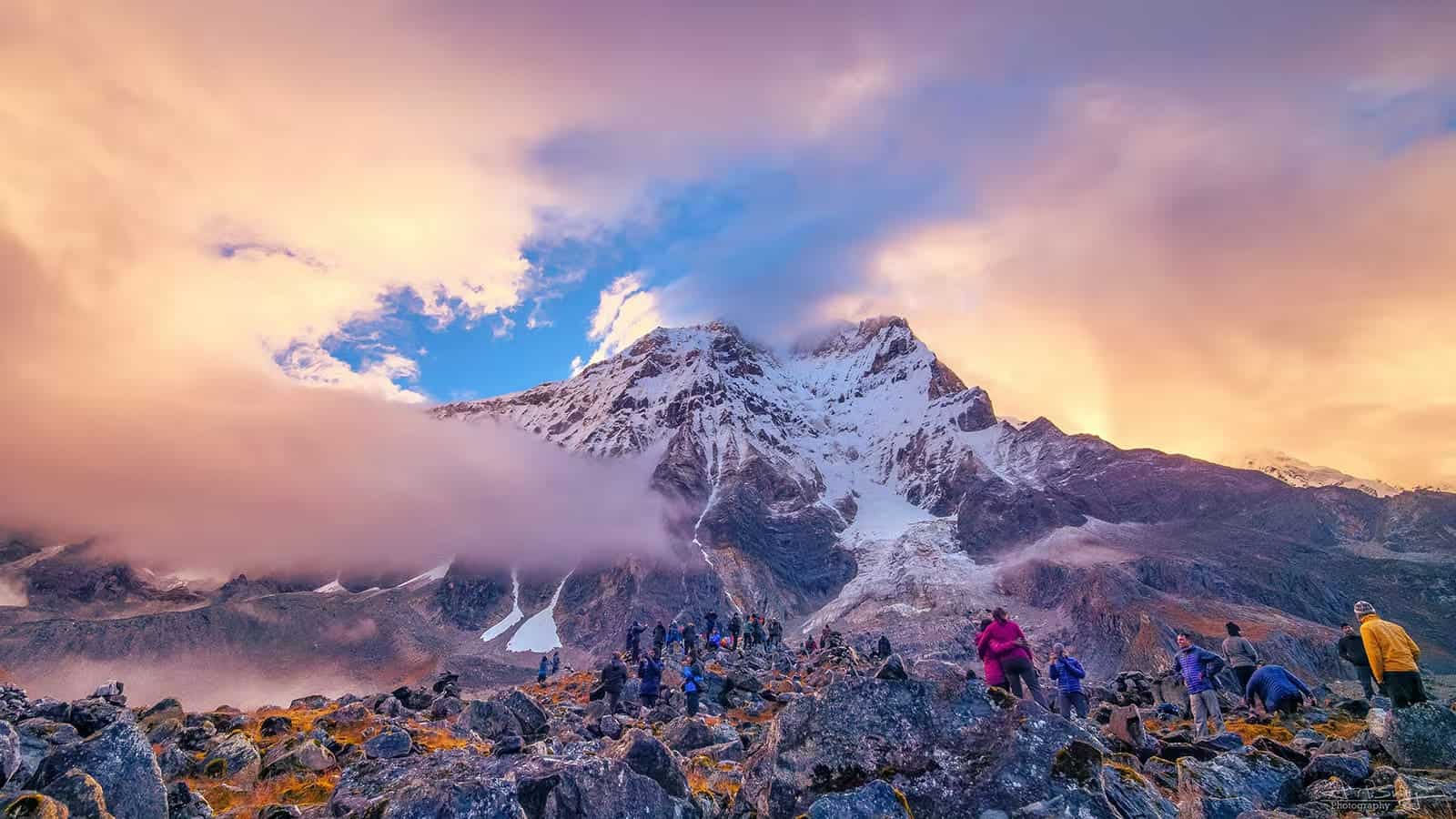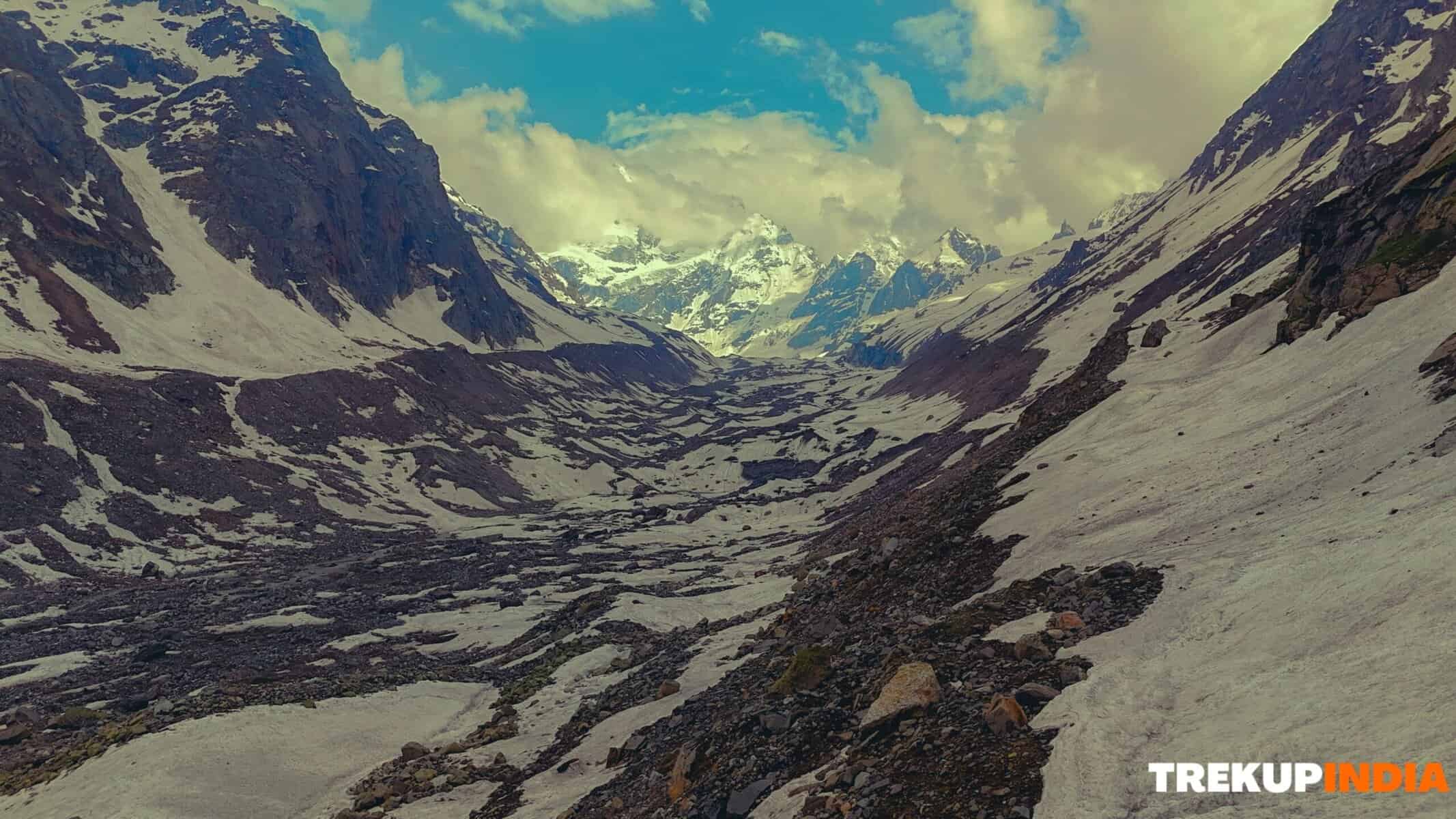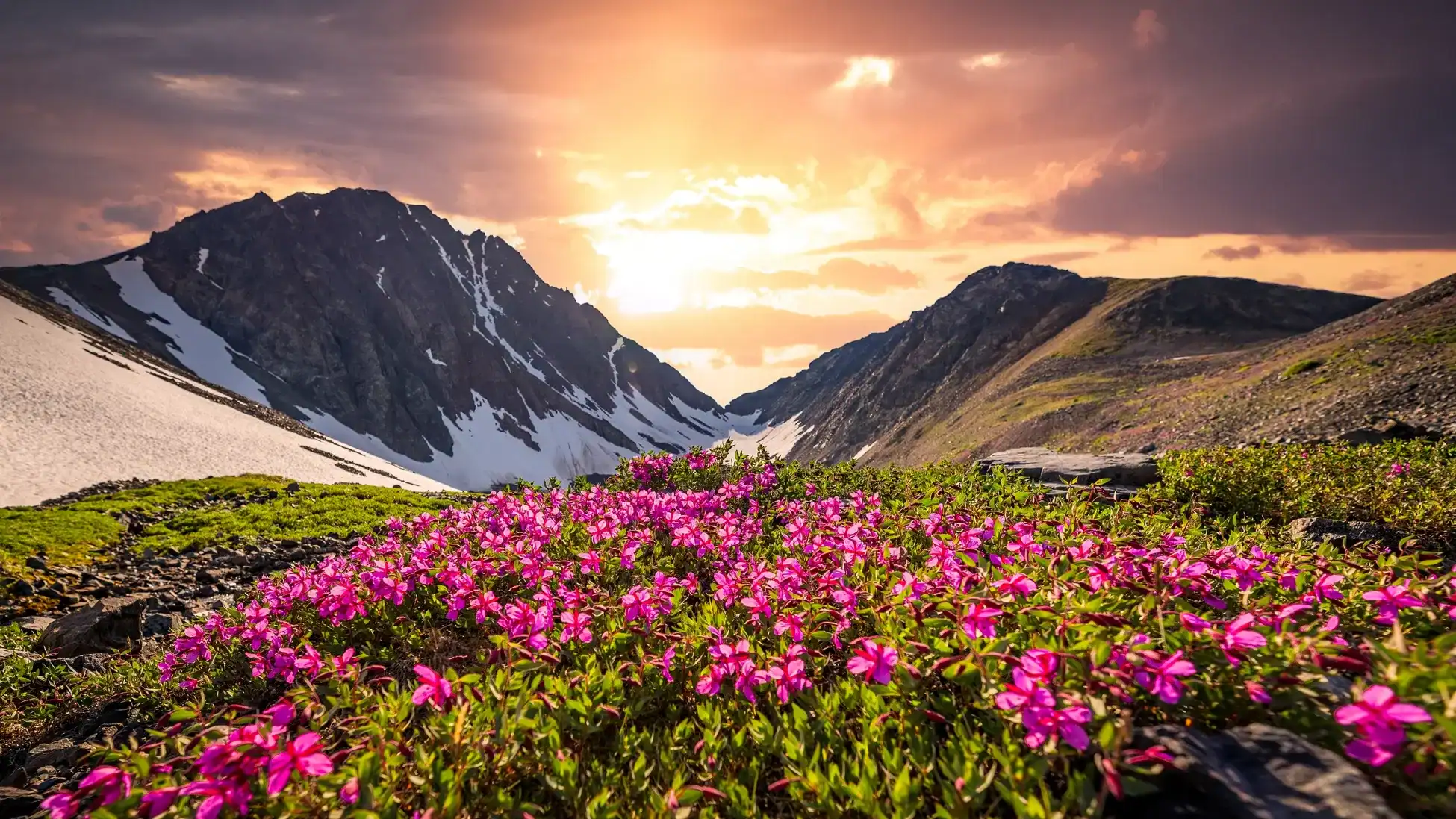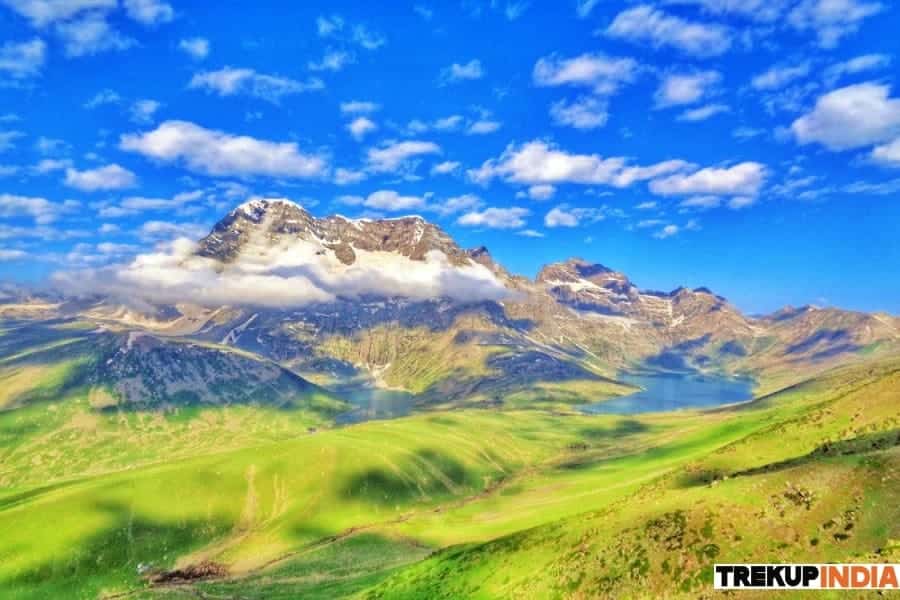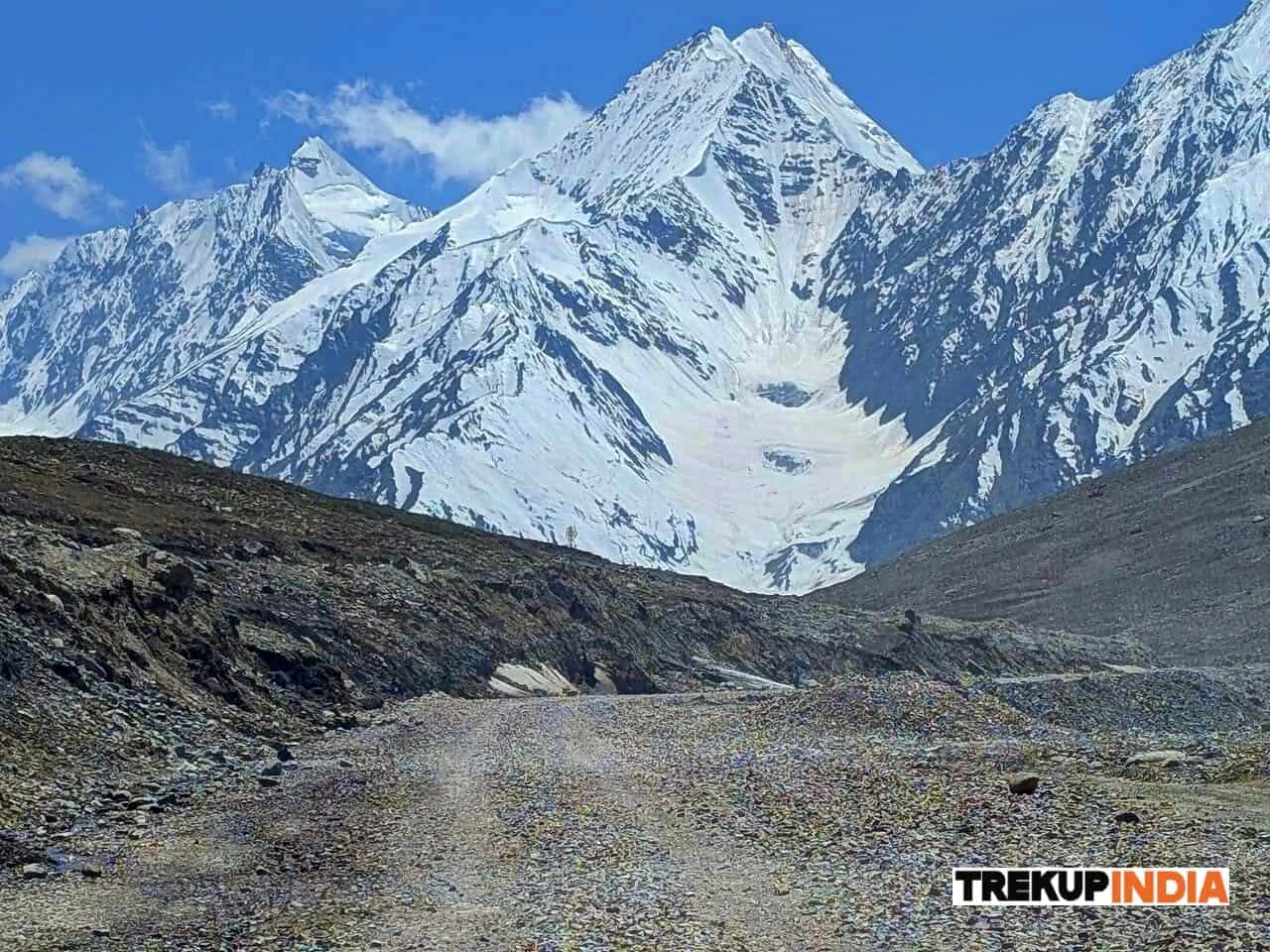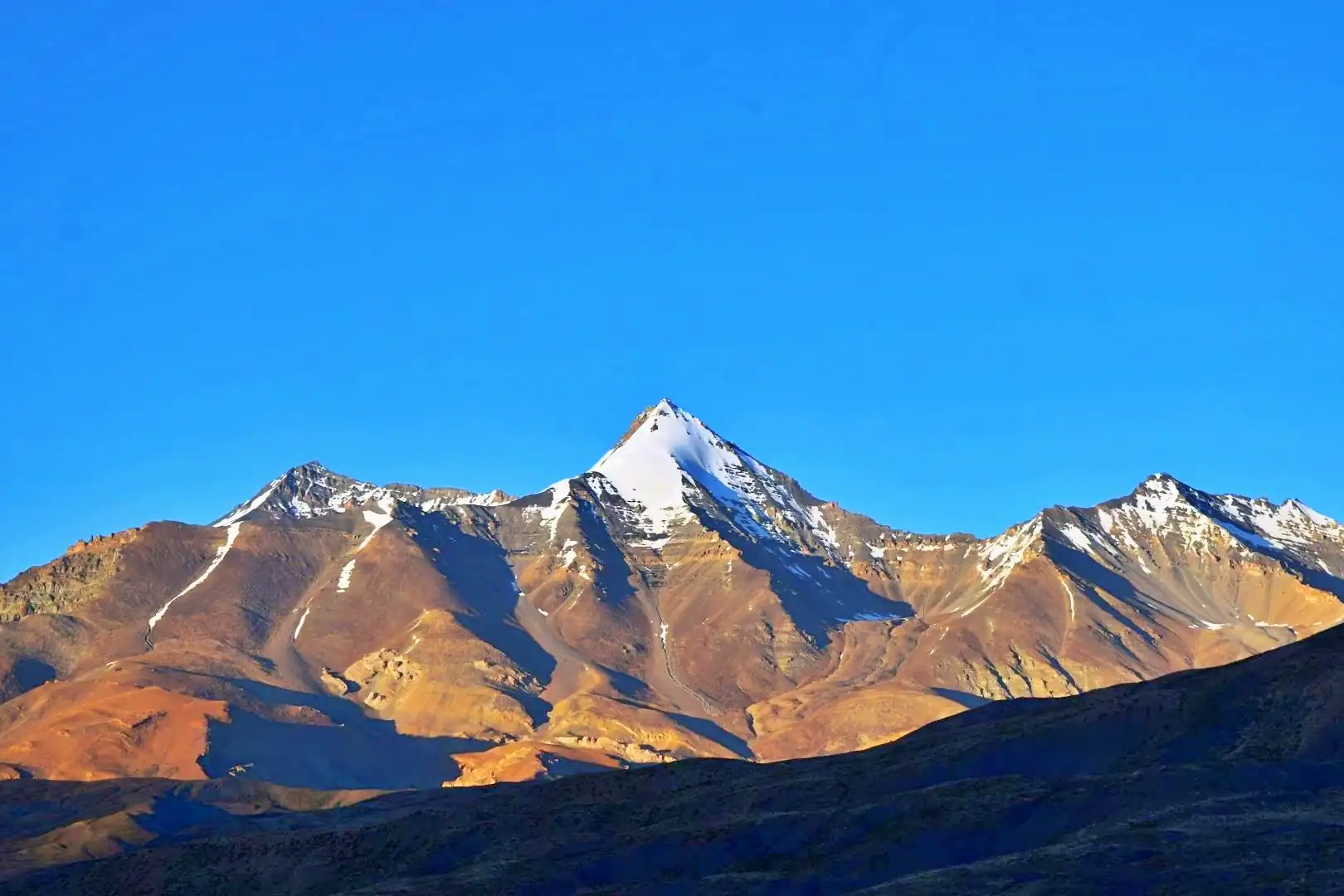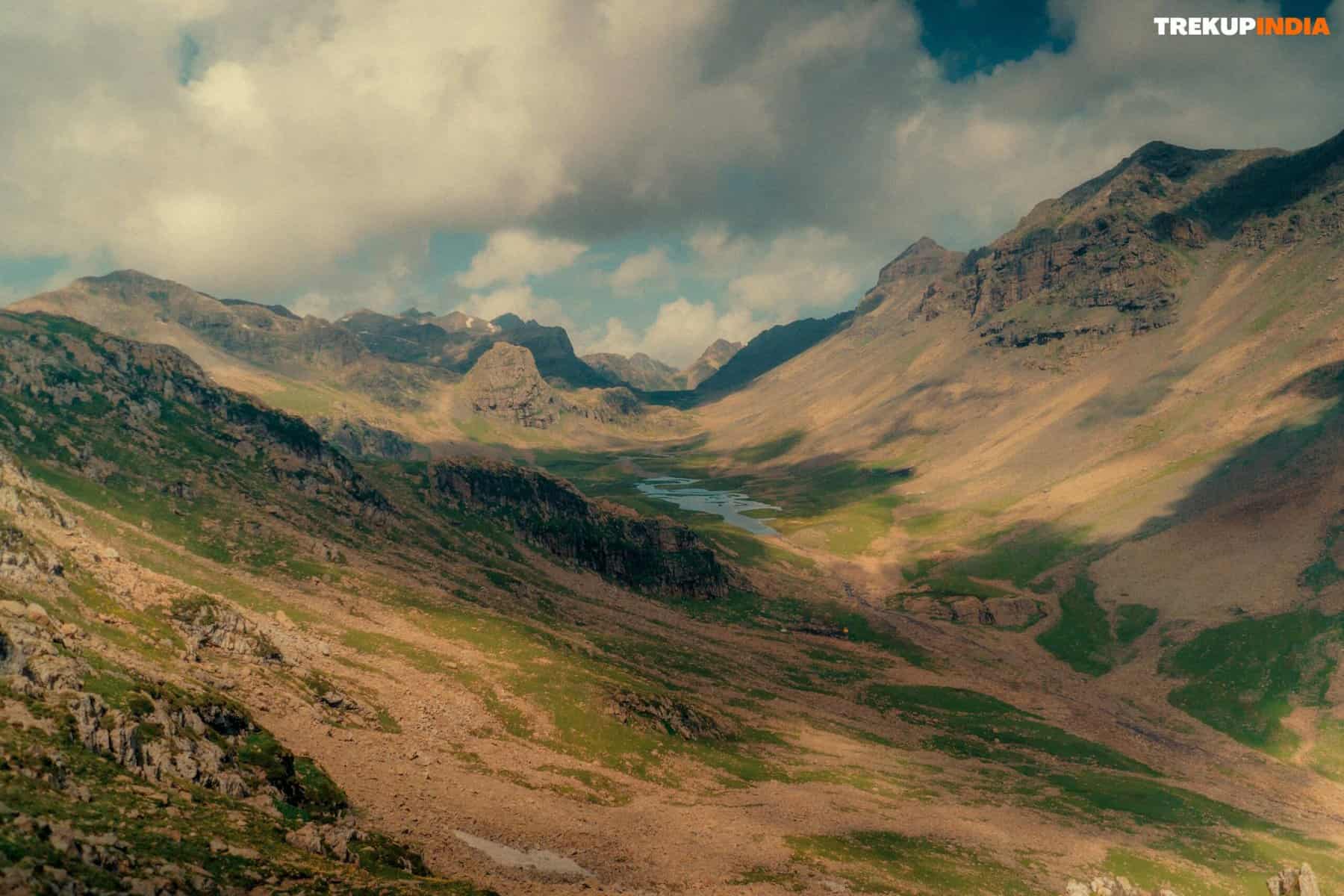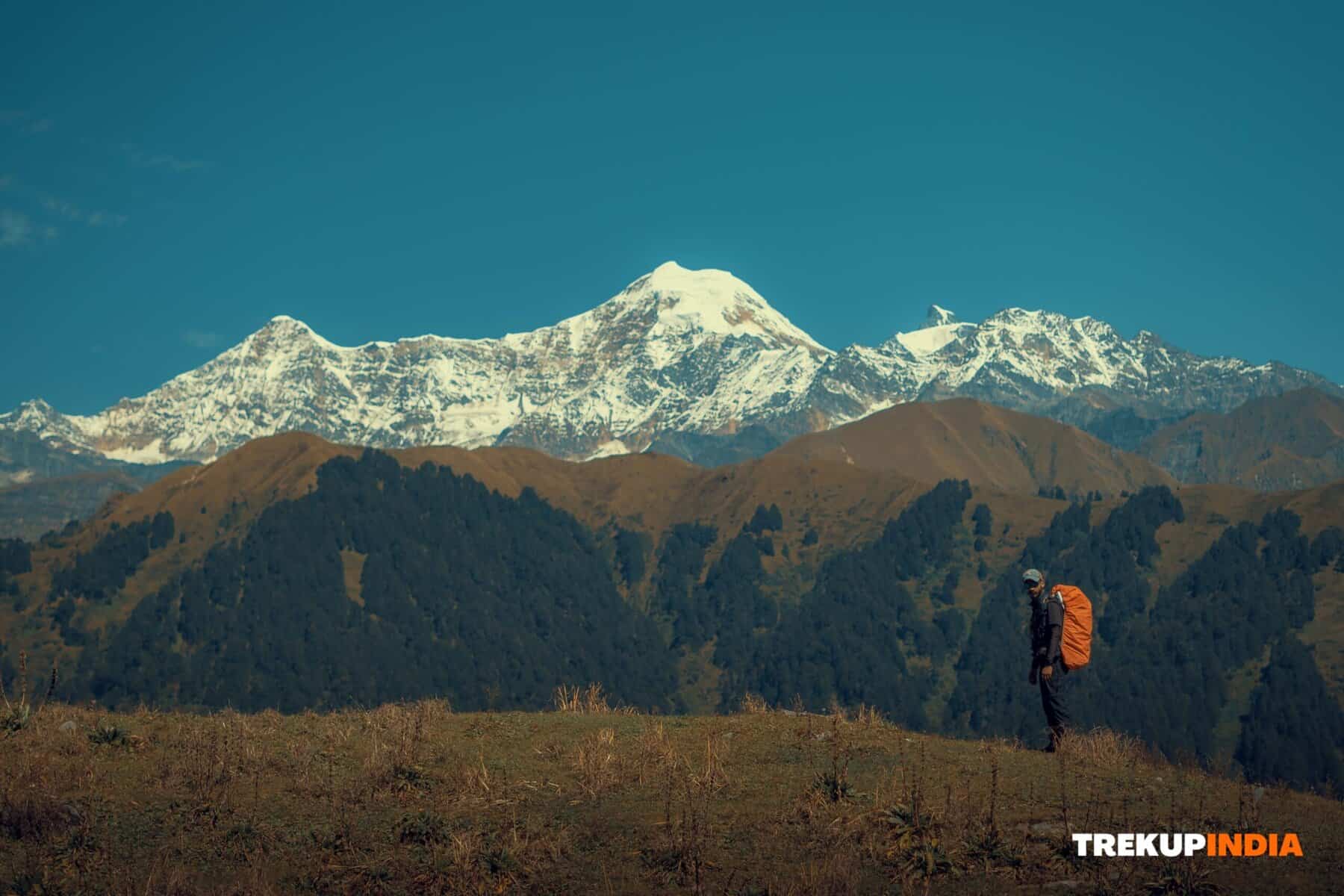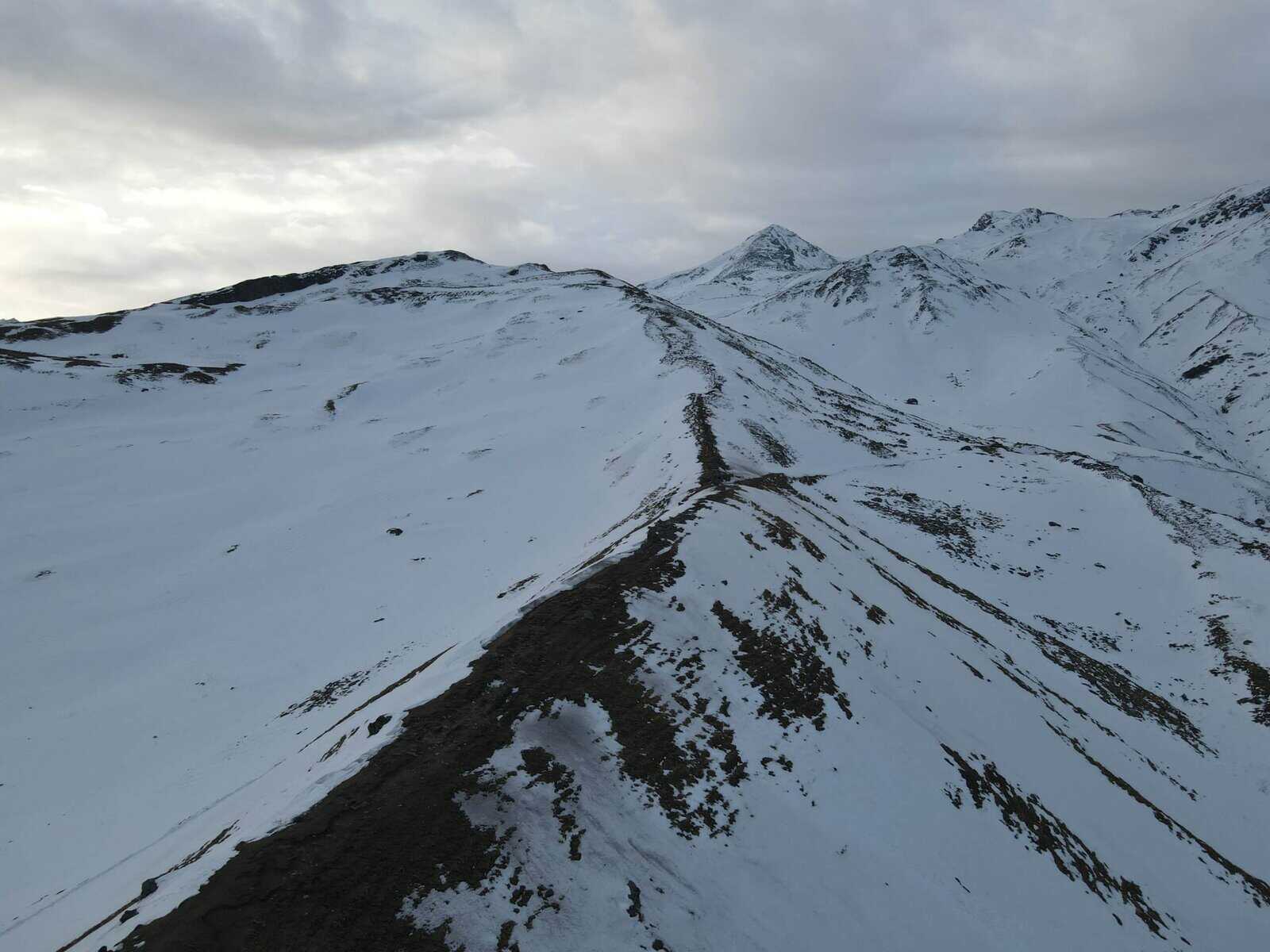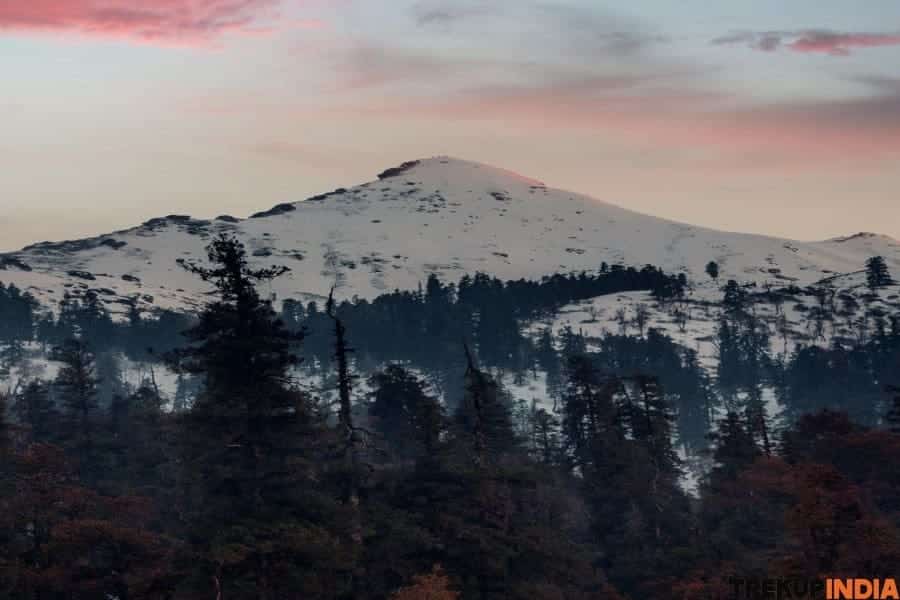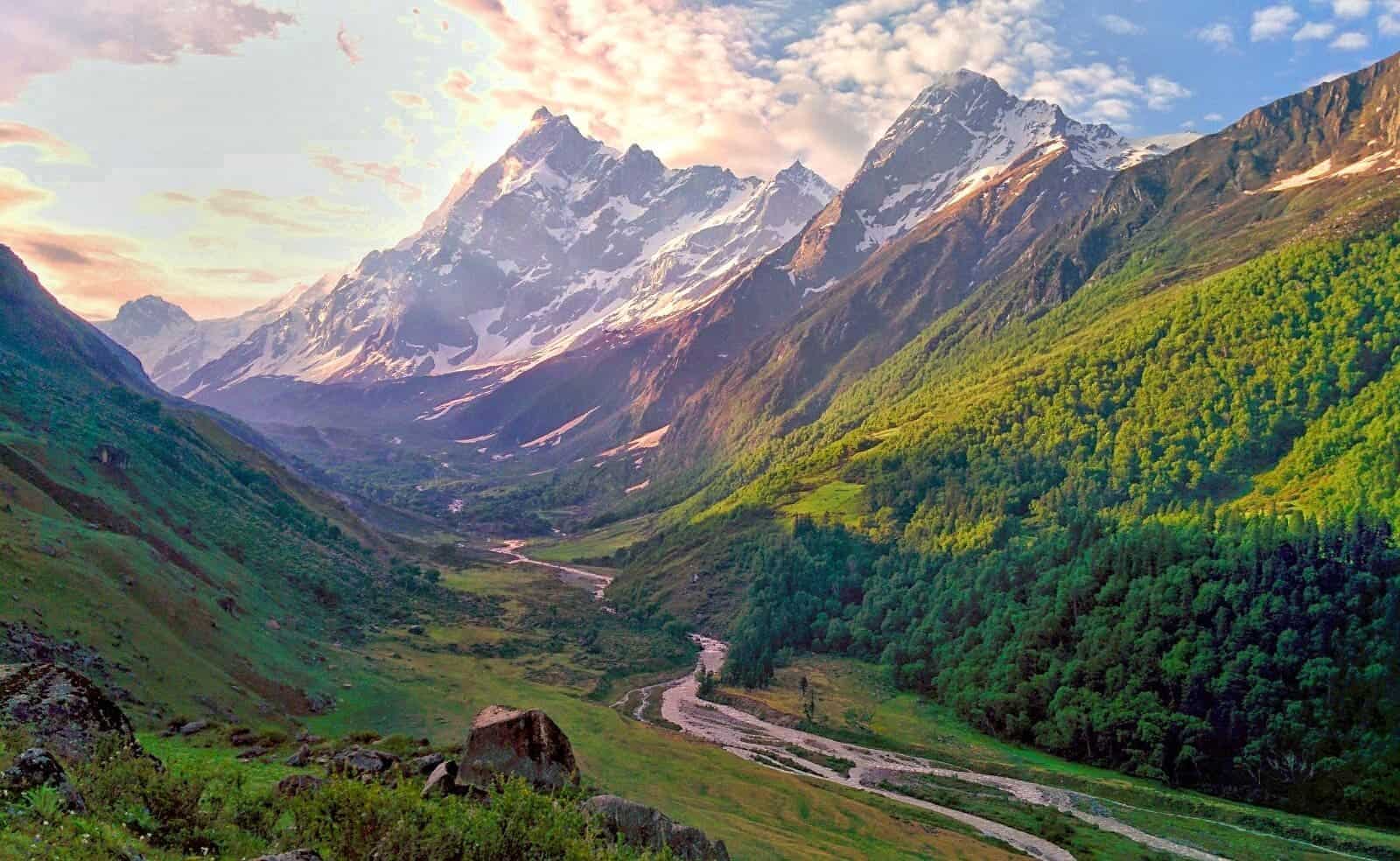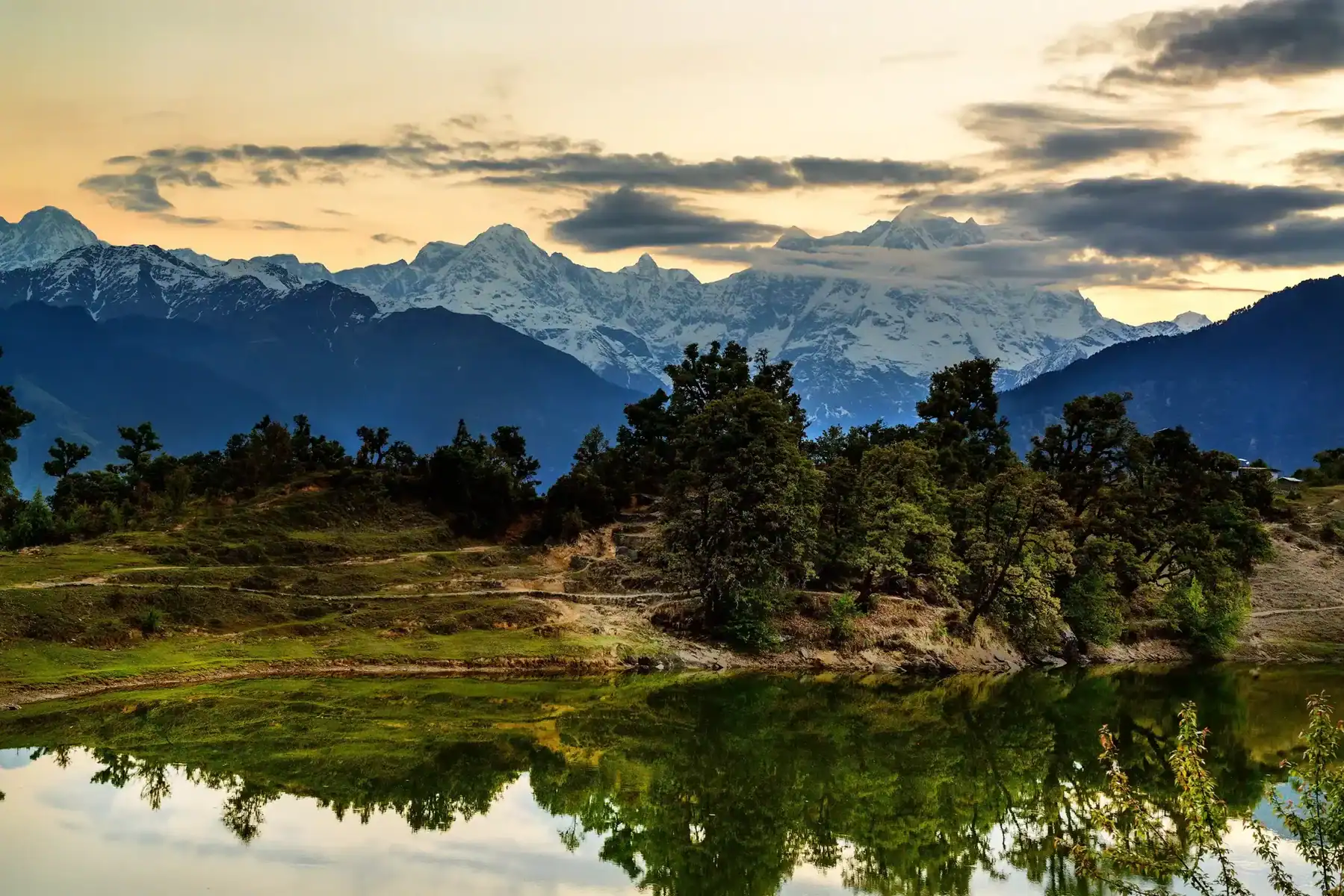Siddalingeshwara Betta Trek
Siddalingeshwara Betta Trek
The Siddalingeshwara Betta trek is a beautiful walk near Lakshmipura, 16 kilometers from Ramanagara. The hill stands at the height of 54 kilometers or 58 kilometers from Bangalore, depending upon the route taken, and is quickly obtainable by roadway. The surrounding location is dotted with lavish mango fields, contributing to the natural appeal of the trail. The trek is just a kilometer long, making it a terrific alternative for those searching for a fast and simple experience. Close-by landmarks consist of Savanadurga, around 13 kilometers away, and Shilhaandara Resort, about 10 kilometers away.
Experience the adventure of a directed trek to Siddara Betta, located at an elevation of 1,700 feet above water level. Experience the breathtaking appeal of the sunrise from a raised point of view, accompanied by the captivating noises of spiritual hymns, for a genuinely spiritual start to your day. Delight in an extraordinary experience at Siddara Betta by ascending the rock stairs to the summit.
Check out the hill home of Lord Siddalingeshwara and seek his magnificent true blessings from the spiritual cavern where he lives. Prepare yourself for a thrilling overnight experience and delight in the benefit of transport services in a comfortable lorry to guarantee a trouble-free experience.
In Madhugiri, around 100 km from Bangalore, the Siddara Betta trek is a must-visit location for trekking lovers and spiritual hunters. This popular area uses an improving experience, with its attractive caverns, consisting of one that houses Lord Siddalingeshwara (Shiva), making it a spiritual website. In addition, the location is a sanctuary for birdwatchers and those thinking about herbs with medical residential or commercial properties.
Best Time to do Salher - Salota Fort Trek
The trek is ideal from October to February, as the post-monsoon and pre-summer periods use a pleasurable environment with minimal rains and modest temperature levels, making it excellent for a comfy two-day trek. It is not advised to trek throughout the downpour period because of the constant rainfalls and tough rock-cut actions, while the summertime period is ideal to stay clear of because of the scorching warmth and moisture.
Siddalingeshwara Betta Trek Detailed Trail Information
The beginning point of the trek will be the little Concrete Factory on your left. If you have taken the Sunkadakatte-Manchanabele route, it will be on your right. Straight from the concrete factory, you will see a trail resulting in Mango Farms. Follow this trail for around half a kilometer with the hill on your right till you discover a little white structure that seems to be hanging from the hill.
Although actions are being set out, the surface to reach the temple is rugged. Descend from the temple course and take a right to continue following the trail. Keep choosing about a kilometer, still with the hill on your right. This trail needs to lead you to the base of the hill, where you will begin your climb.
Be mindful that residents have established barbed wire traps around 100 meters from the base to capture wild animals, which can present a risk to trekkers. The climb is progressive, not too high, but tricky in specific areas. It should take around 20 minutes to arrive. As soon as you’ve reached the summit, try to check out the extensive landscape and value entirely the breathtaking views. Come down the hill by following the very same course you rose. While it’s possible to climb down to the temple from the summit, the slope is incredibly high and challenging, making it unadvisable, particularly for solo tourists.
How to Reach For Siddalingeshwara Betta Trek
By bus
Board a KSRTC Bus heading to Mysore from Satellite Bus Stand, Bapujinagar in Bangalore. Disembark at Ramanagara, which is around an hour away. Cross the main road to your right when you leave at Ramanagara Bus Stand. Get in the primary Bus Stand and capture a bus headed towards Magadi.
By train
Board a train heading to Mysuru Junction at Kranti Veera Sangolli Rayanna Railway Station in Bengaluru. Alight at Ramanagaram Junction, which is around an hour away. From there, you can either work with an auto-rickshaw to reach Ramanagara Main Bus Stand, which is around 2 kilometers away, or walk through the city with instructions from the residents. As soon as you reach the Main Bus Stand, board a bus towards Magadi. After taking a trip for roughly 30 minutes, disembark at Gungarahalli Junction and walk for about 100 meters until you see a little Concrete Brick Factory on your left side.
By Own Vehicle
There are two alternative routes to reach the location, beginning with Bangalore. The first option is to take the Sunkadakatte-Manchanabele roadway, which covers around 54 kilometers and travels through the attractive Manchanabele Dam and Savanadurga, providing a beautiful journey with rich plants and charming towns. The 2nd alternative is to take the Bangalore-Mysore highway, which covers a range of around 58 kilometers and takes you through the busy city of Ramanagara, where you’ll be required to turn right at the signal with the Main Bus Stand on your right-hand side. To reach the beginning point of the trail, walk towards the concrete factory for a range of 100 meters.
Dates For Upcoming Treks
Want To Trek Like Pro?
Basically, watch these videos if you want to trek the same way professional trekkers do and make your skills better. These videos contain useful tips and techniques to further improve your trekking skills itself. These videos actually help both new and experienced trekkers improve their trekking skills. These videos definitely provide useful tips that make your trek better. We are seeing that these videos by Trekup India experts will only help you make your trekking skills better.
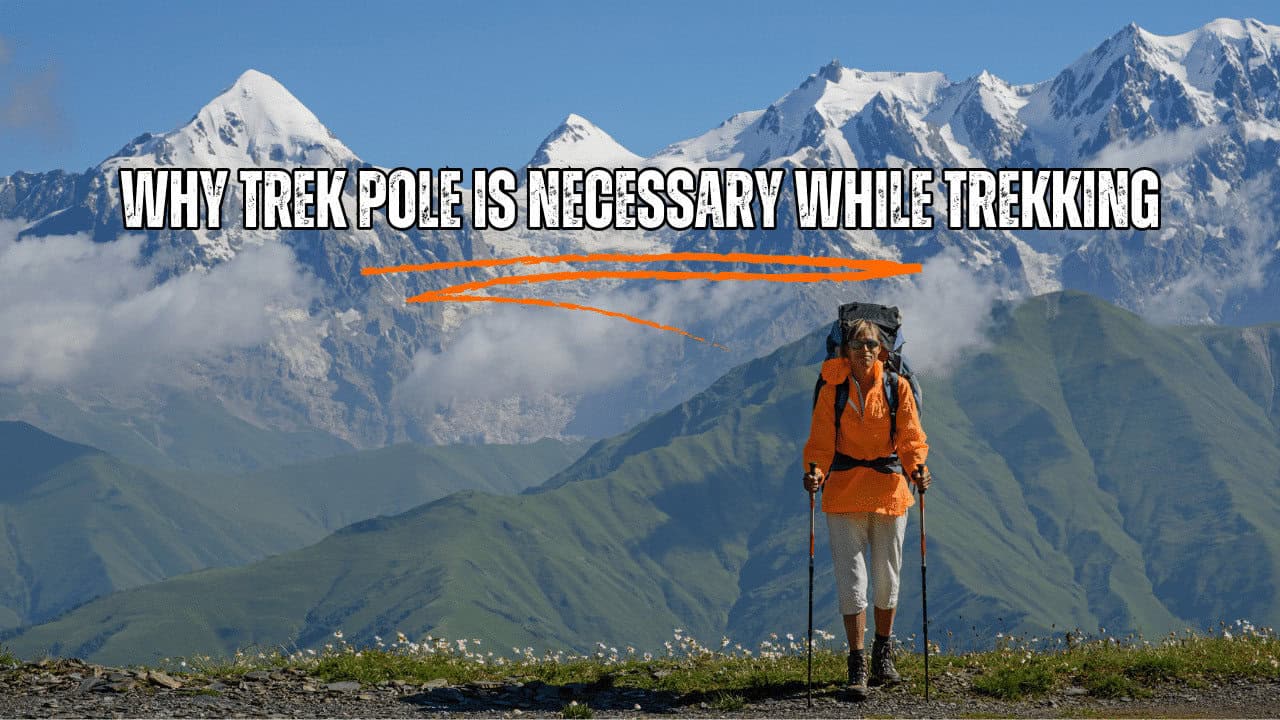
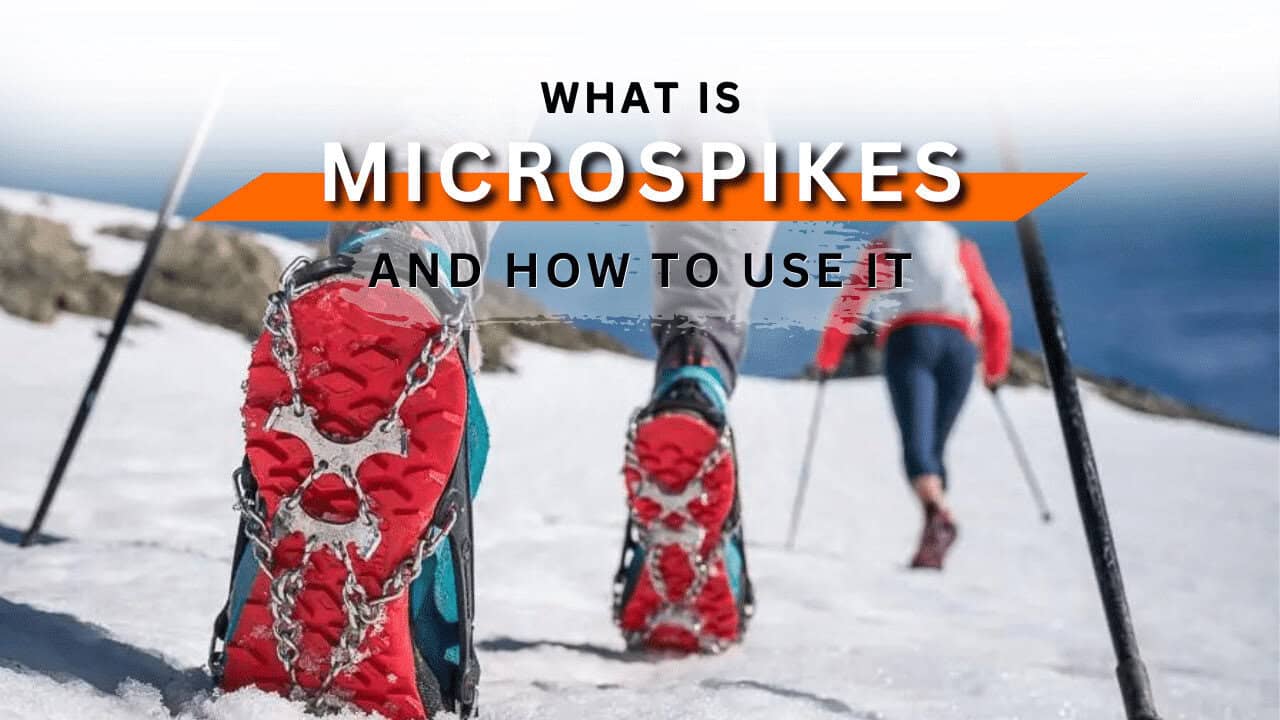
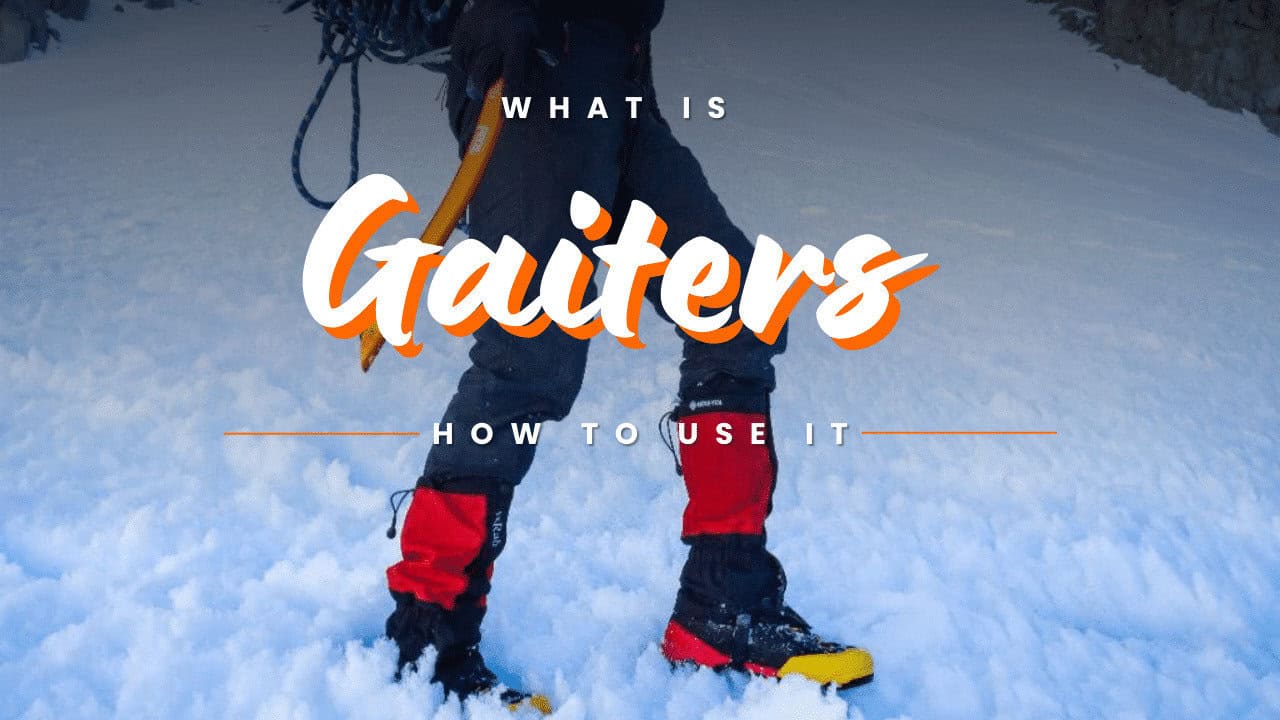
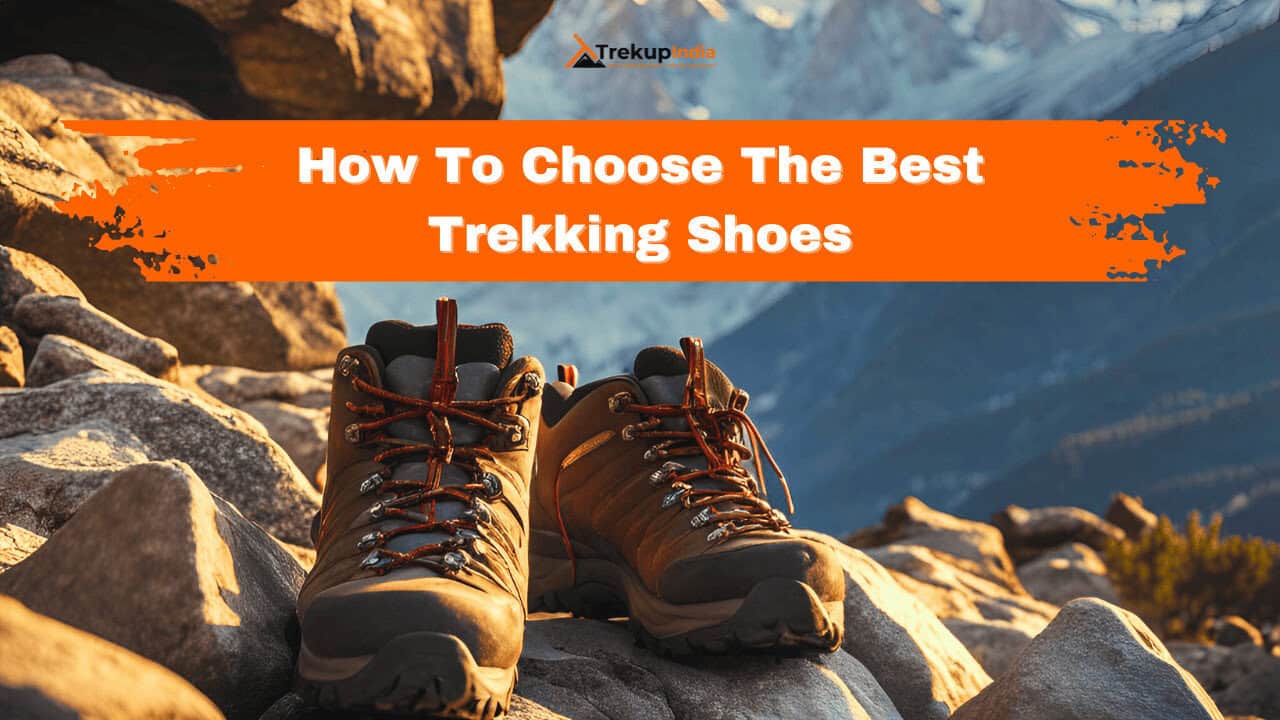
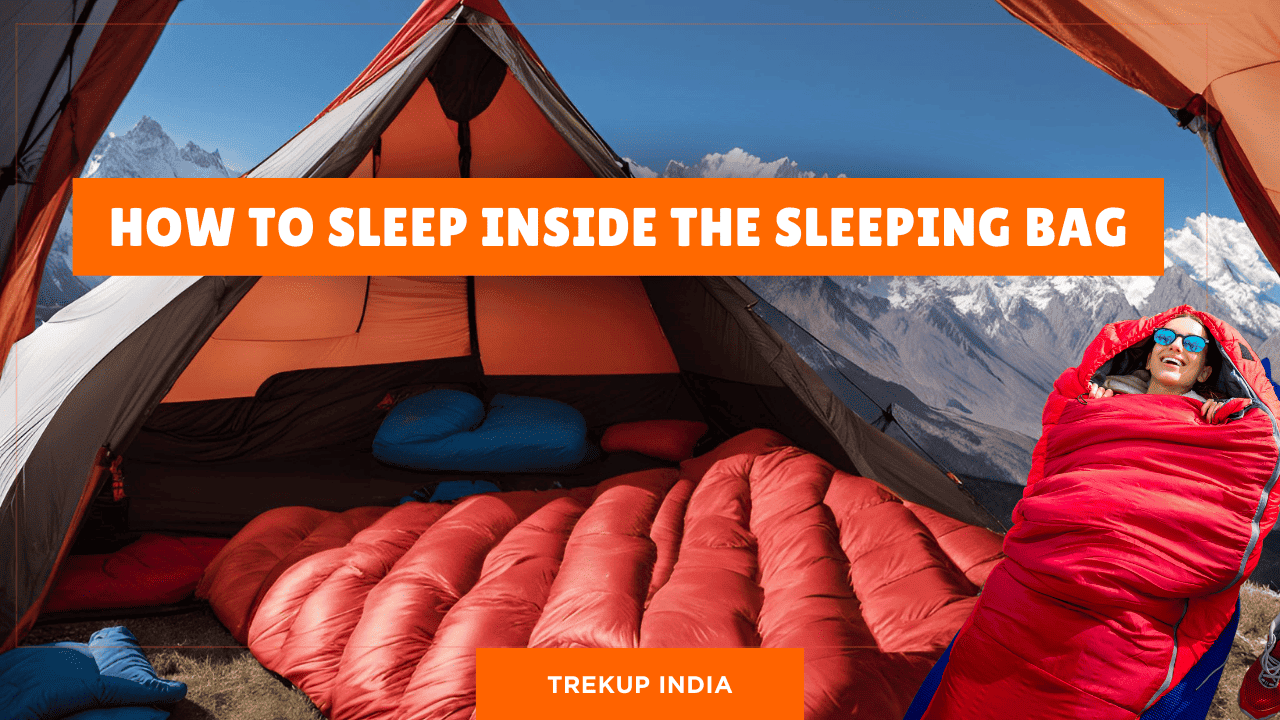
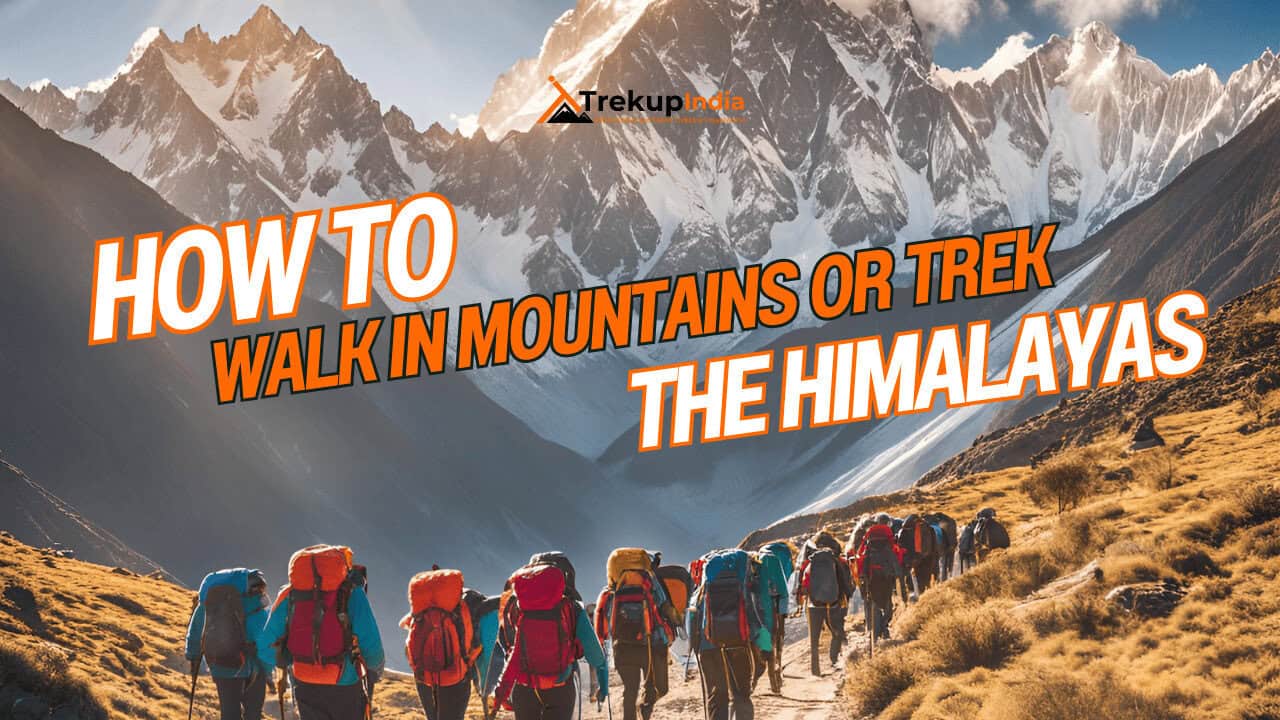
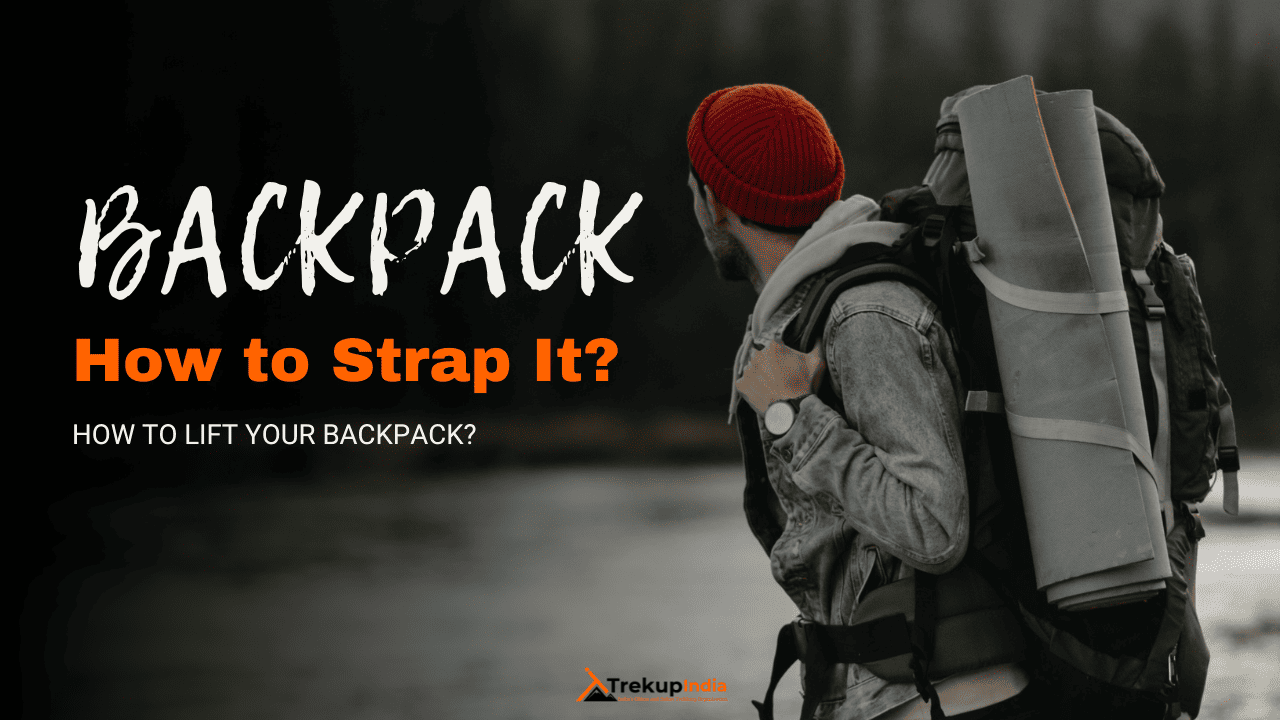
Know Everything About Acute Mountain Sickness
Acute Mountain Sickness occurs when people trek to high altitudes above 8,000 feet. This condition itself develops further due to reduced oxygen levels at such heights. Basically, as you go higher up, the air pressure and oxygen levels decrease, which causes the same problem. Acute Mountain Sickness surely causes headache, nausea, vomiting, and dizziness in affected persons. Moreover, peoples also experience difficulty in sleeping during this condition. To avoid mountain sickness, you should actually trek up slowly to higher altitudes. To learn further about this condition itself, watch the videos by Trekup India.
